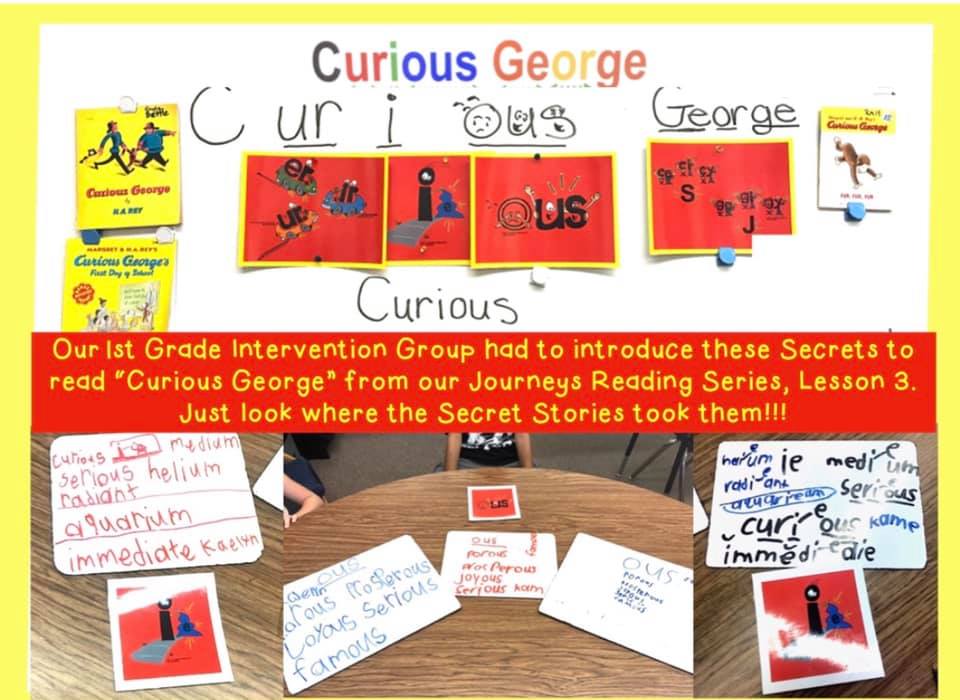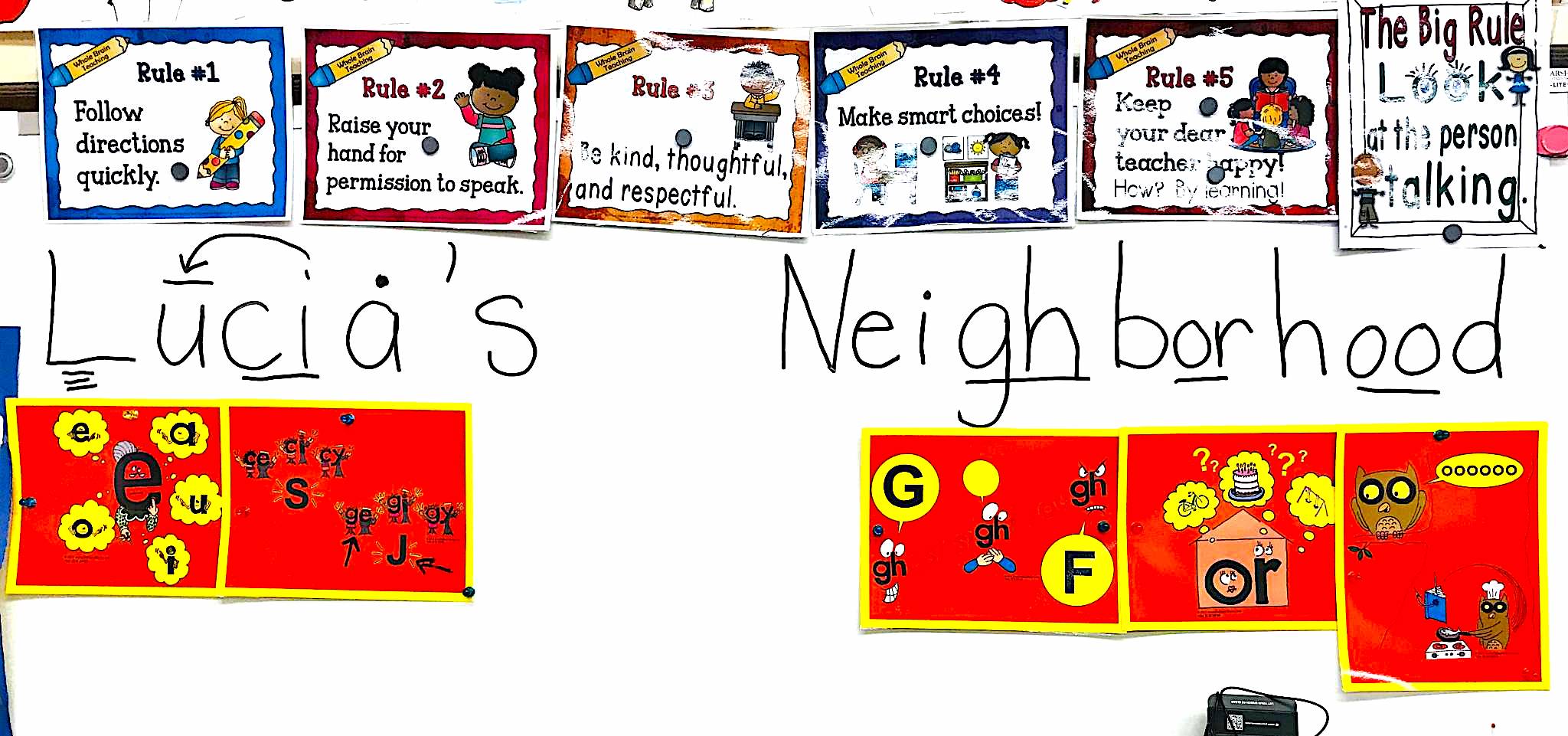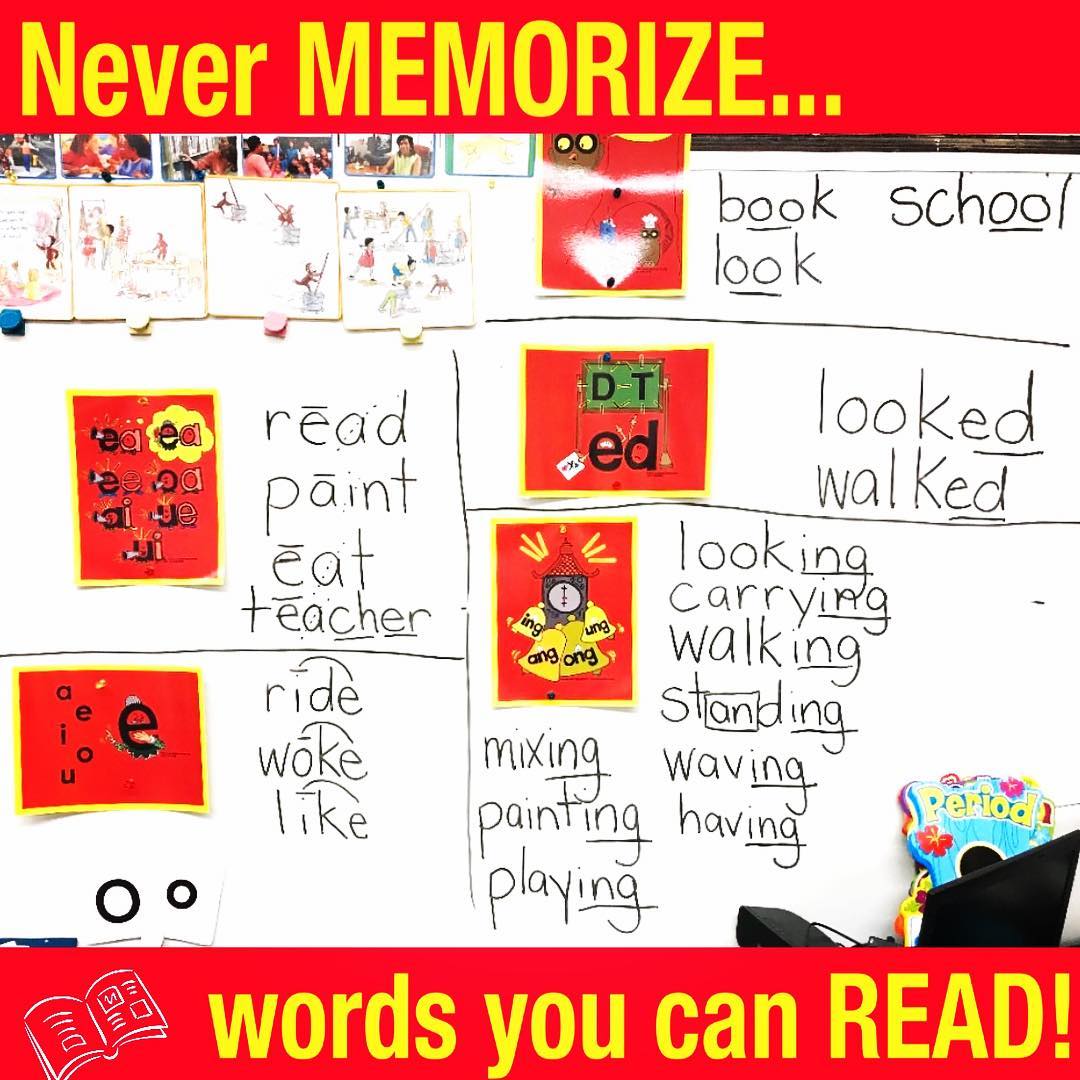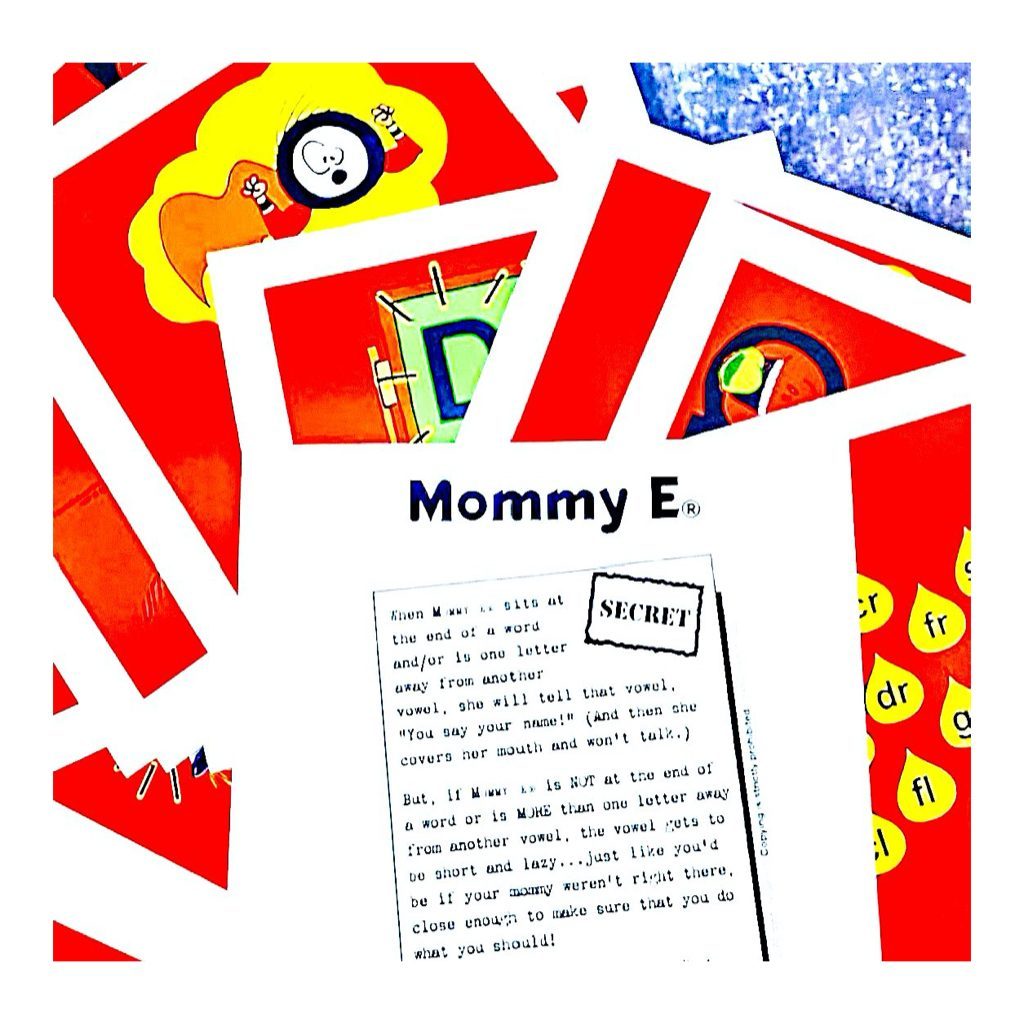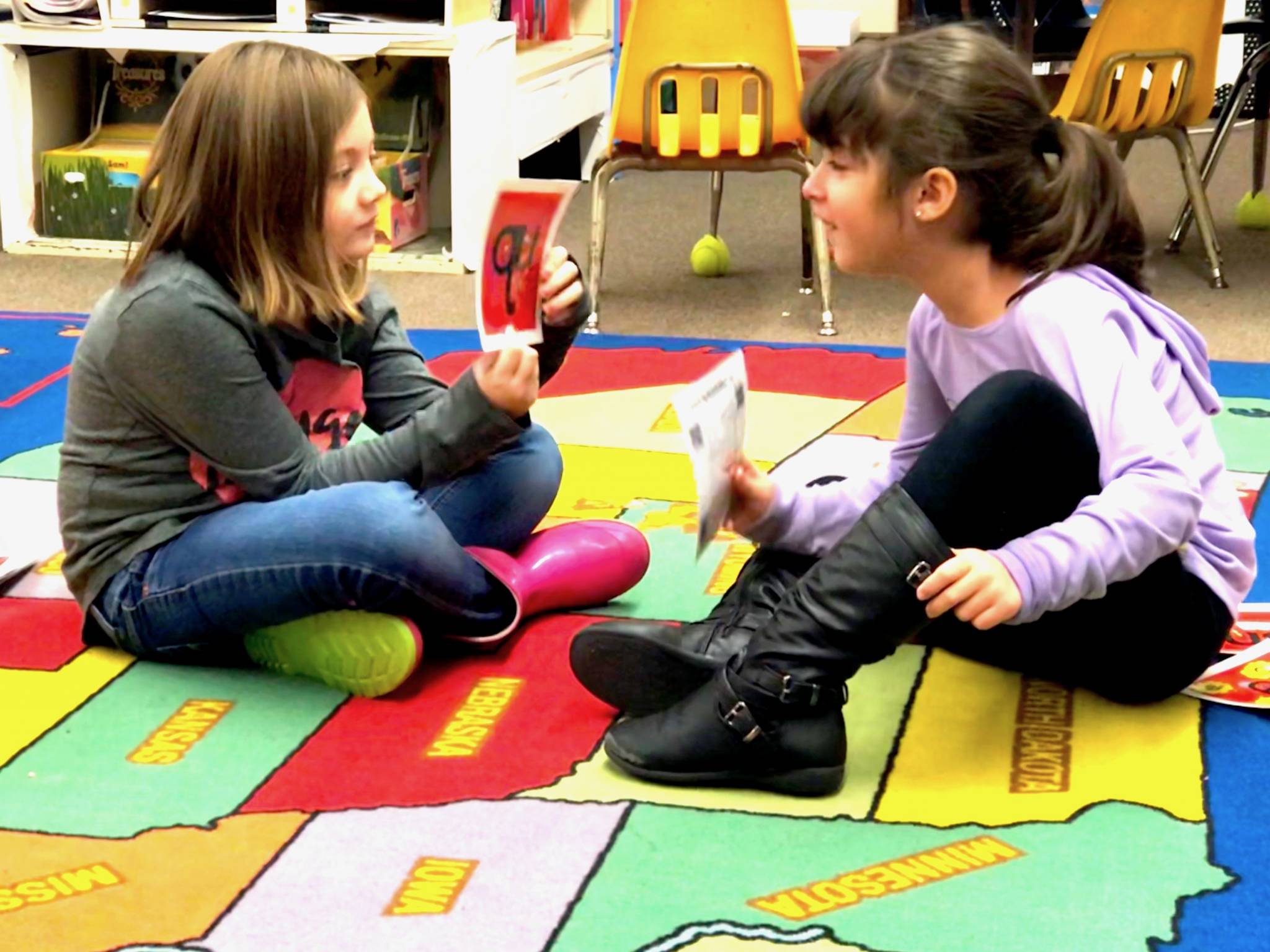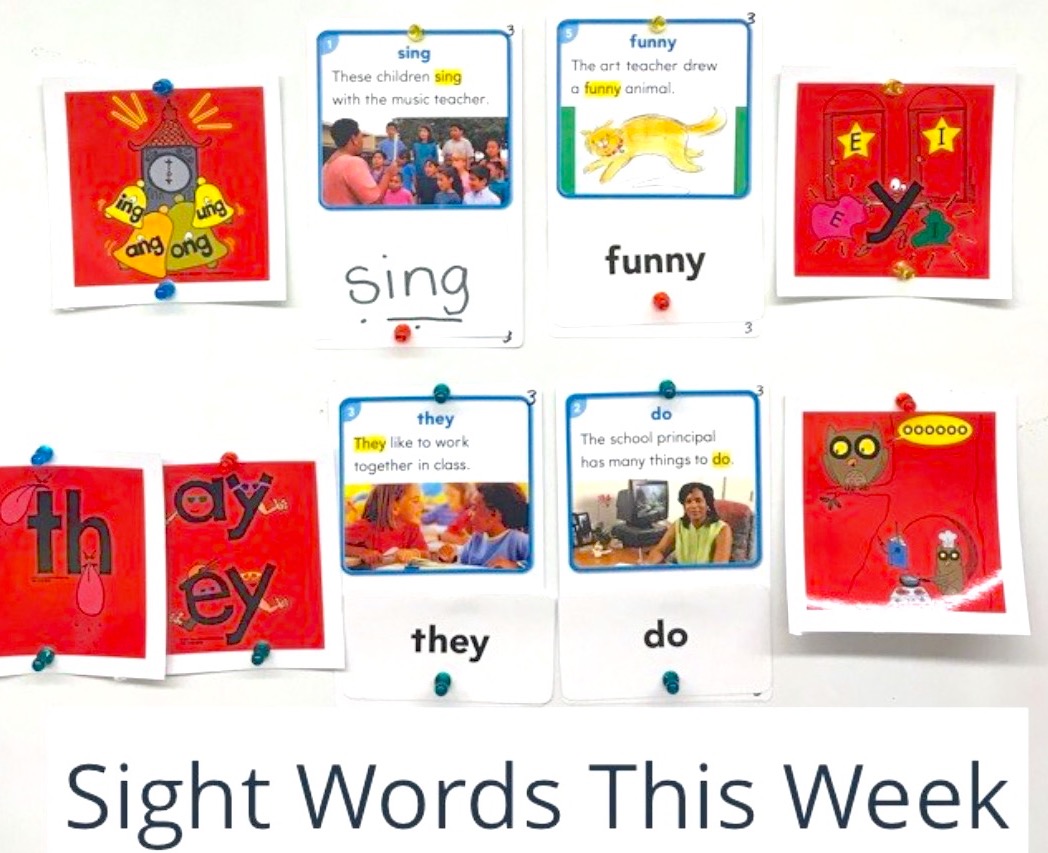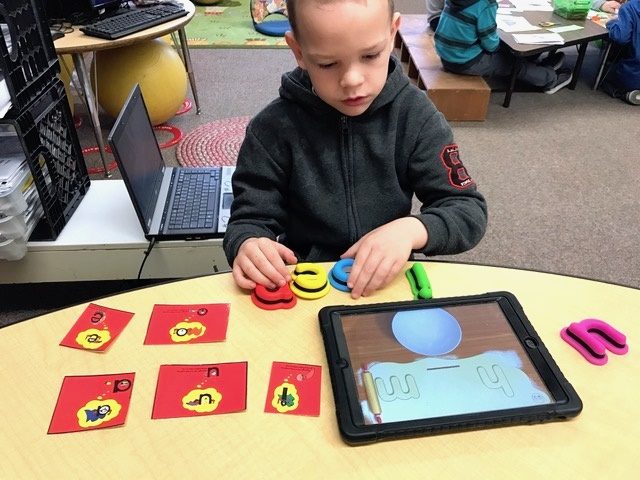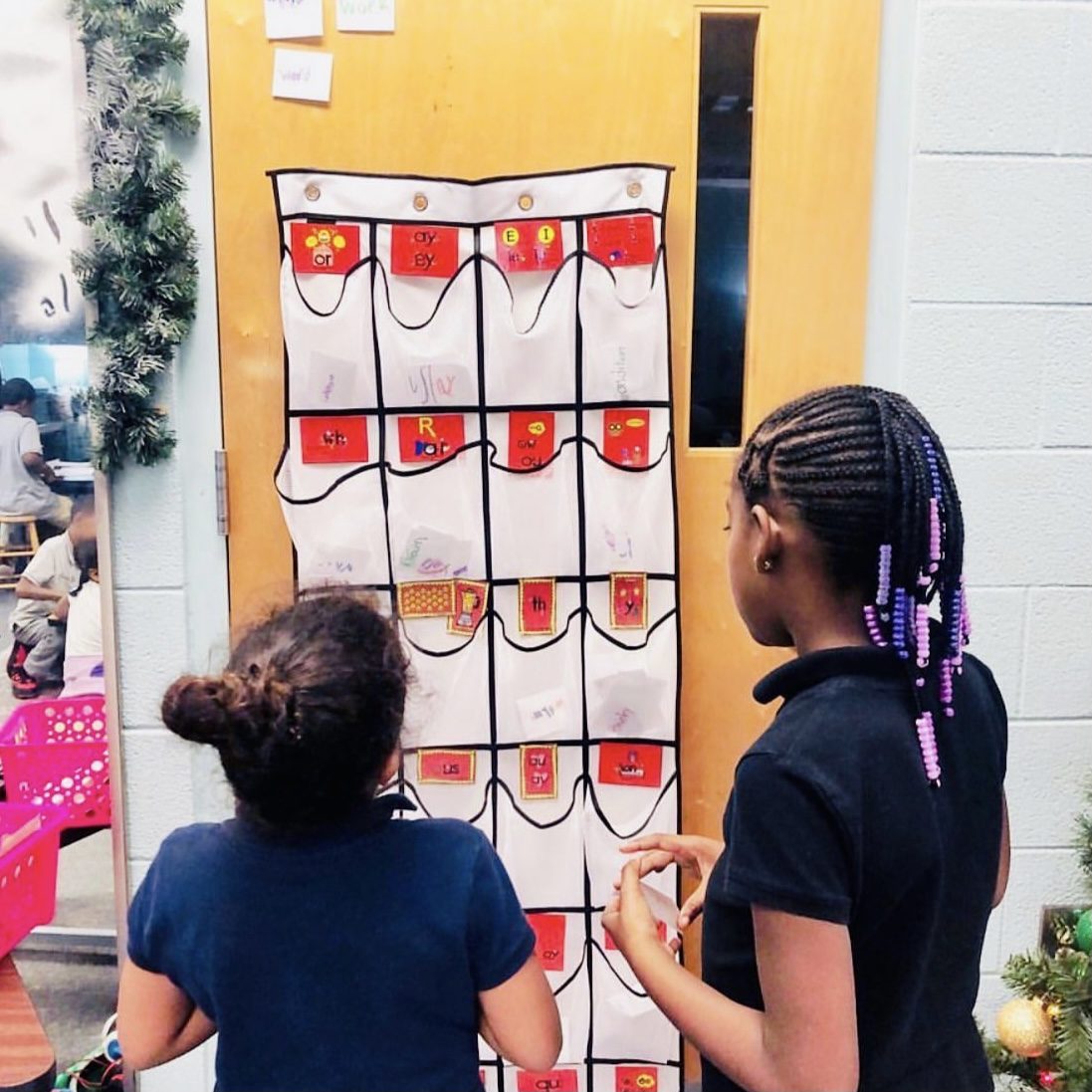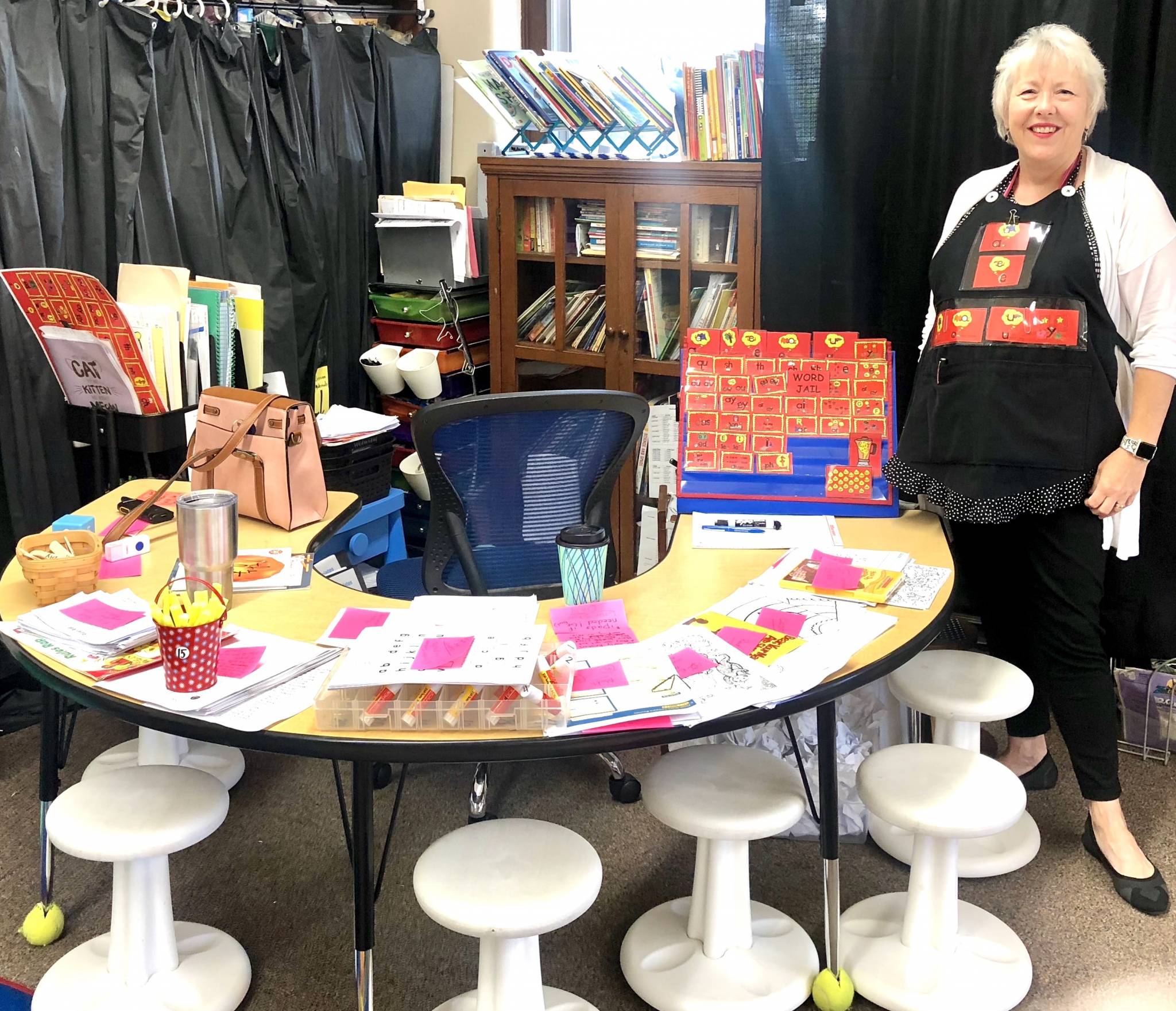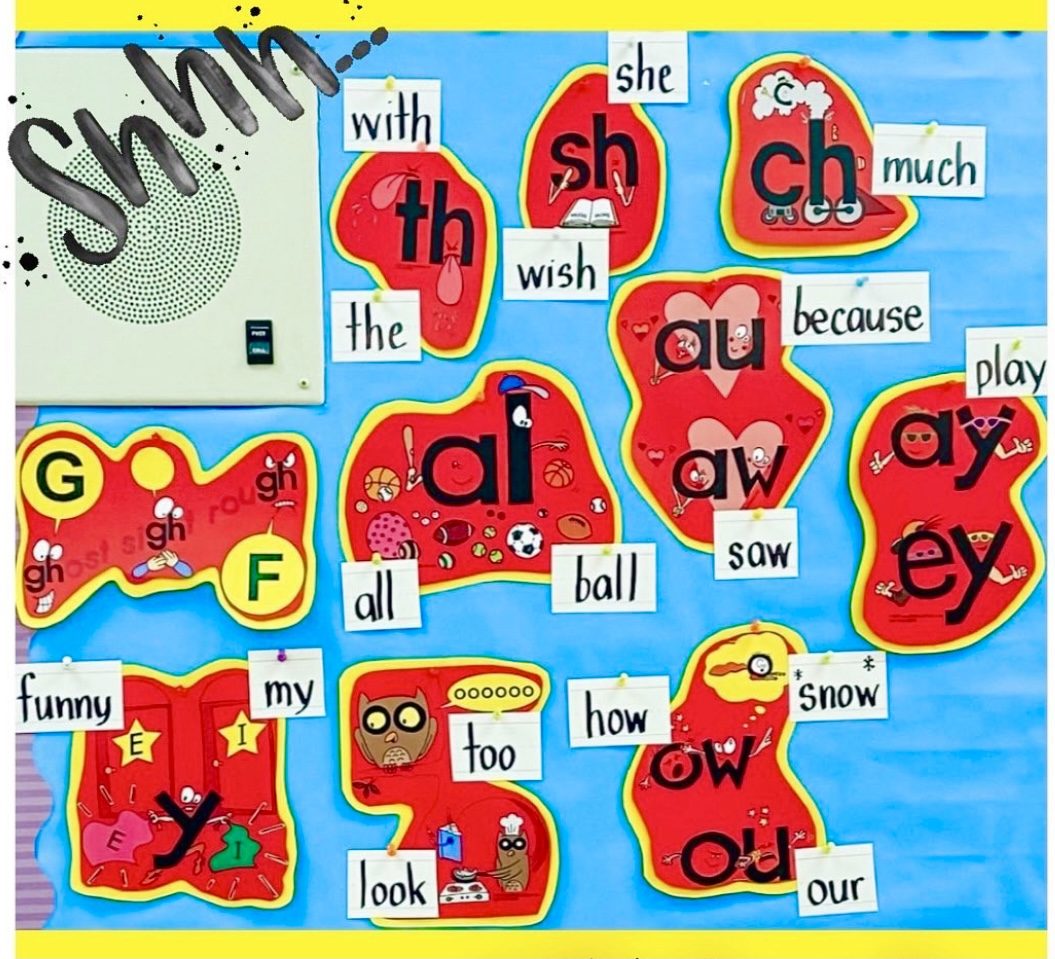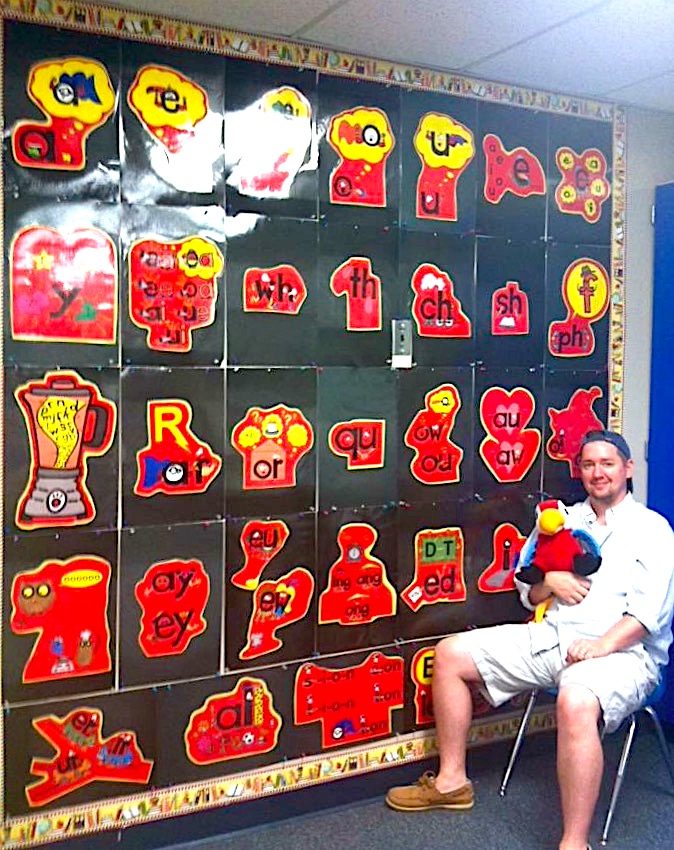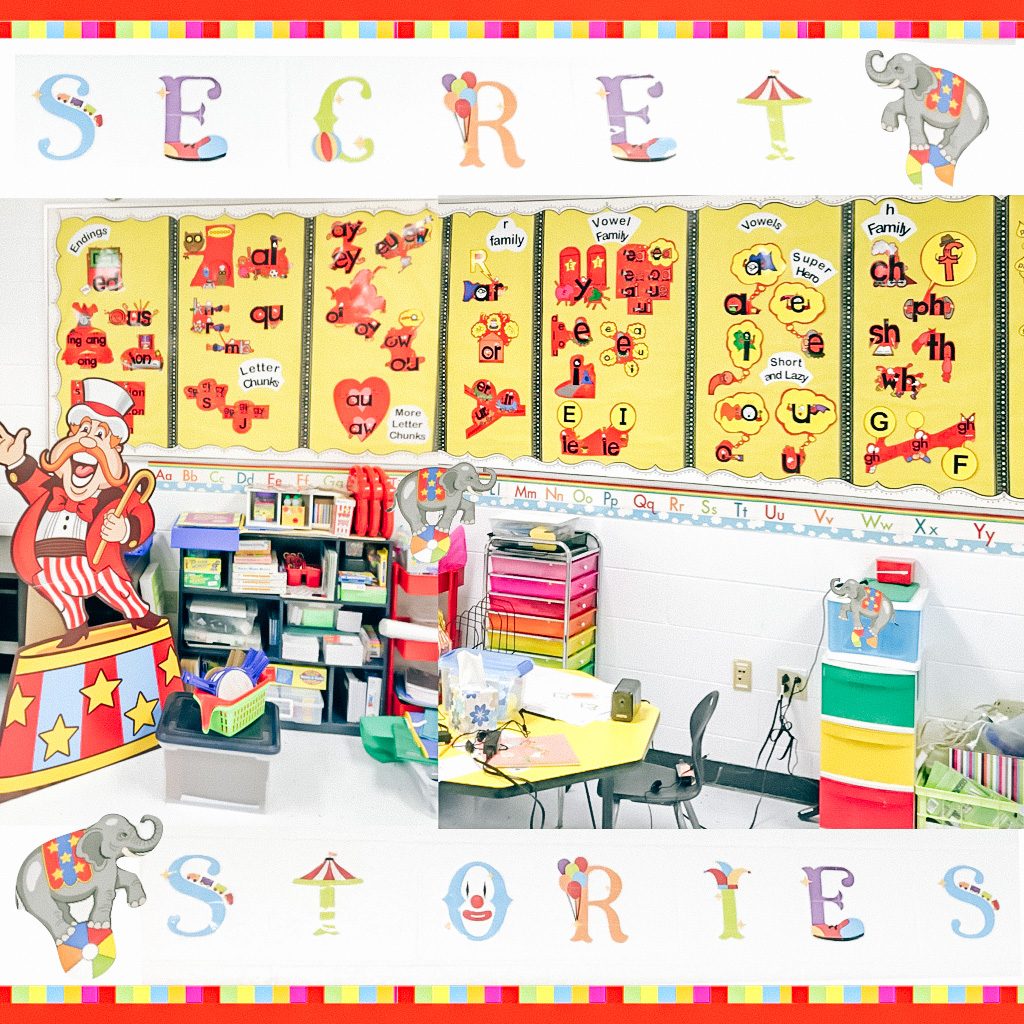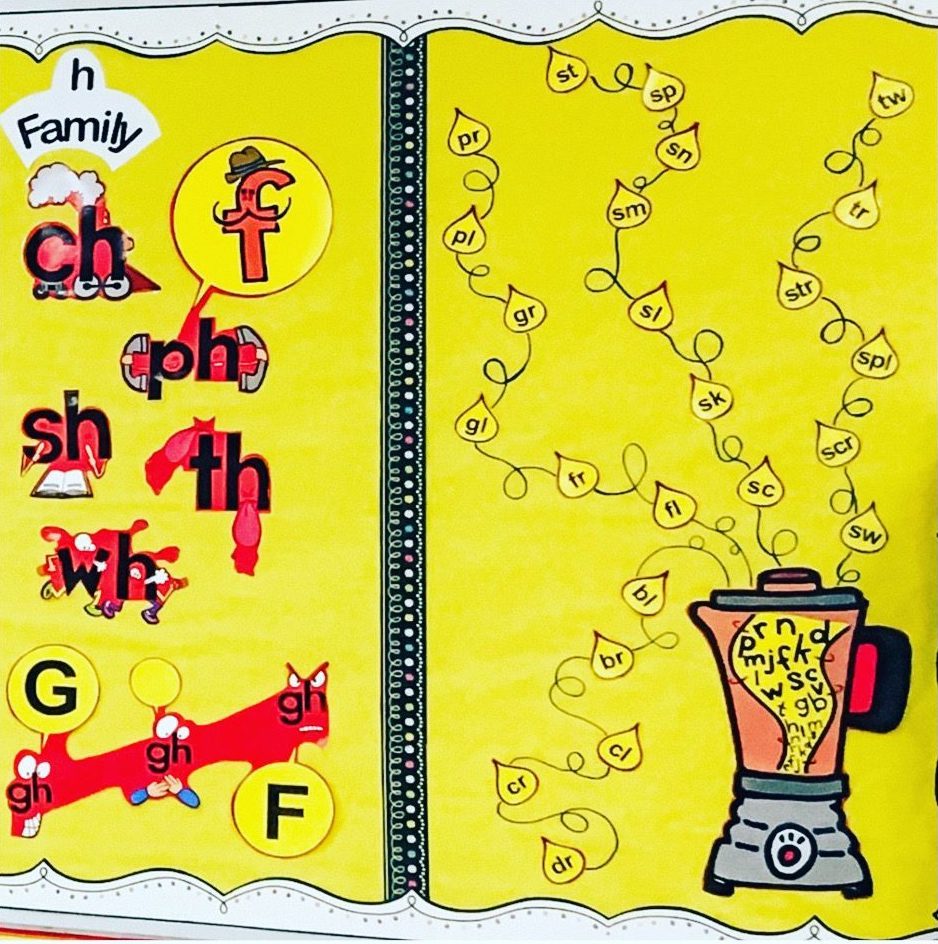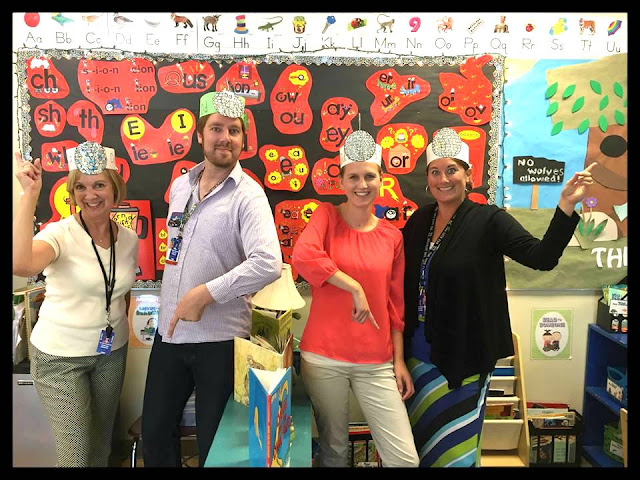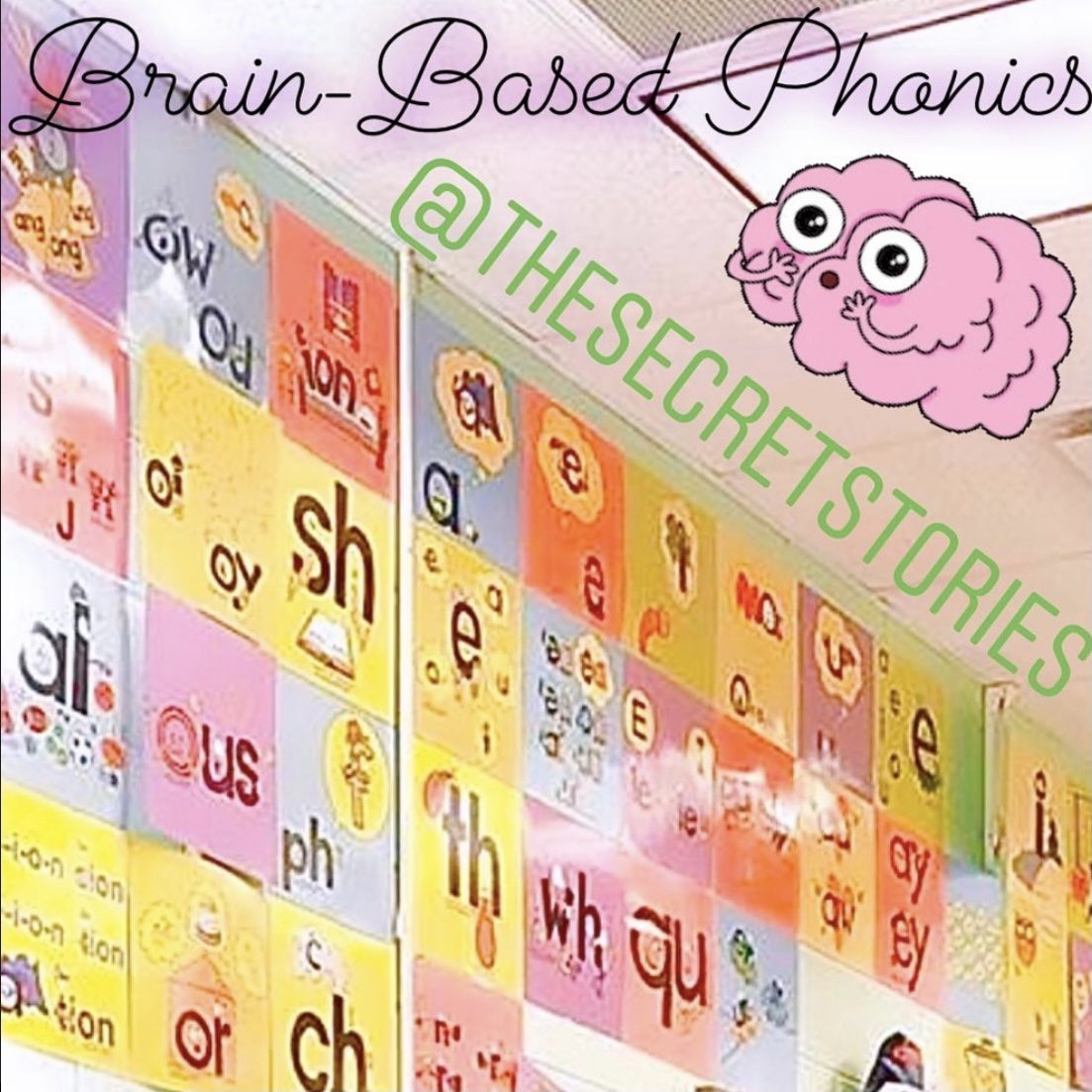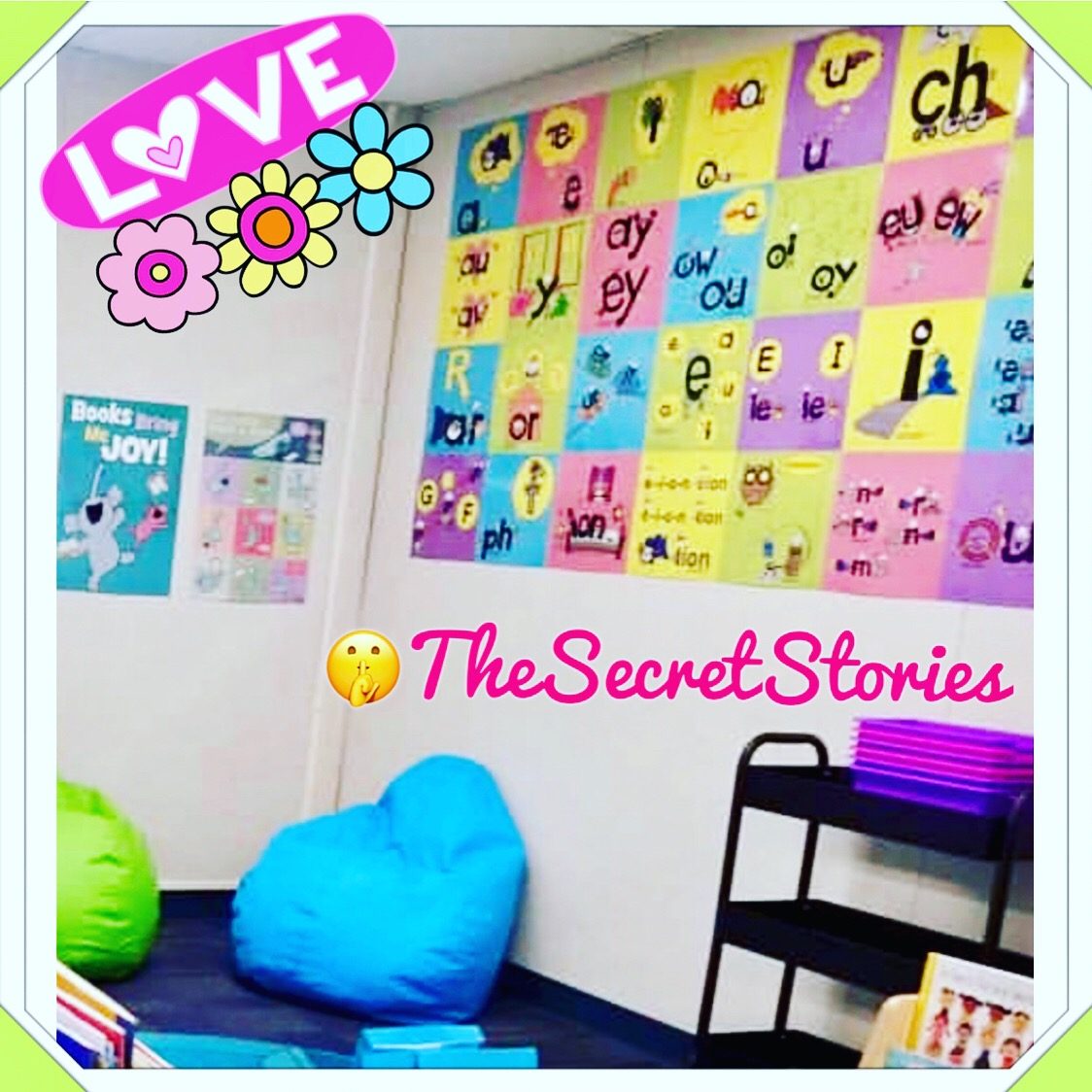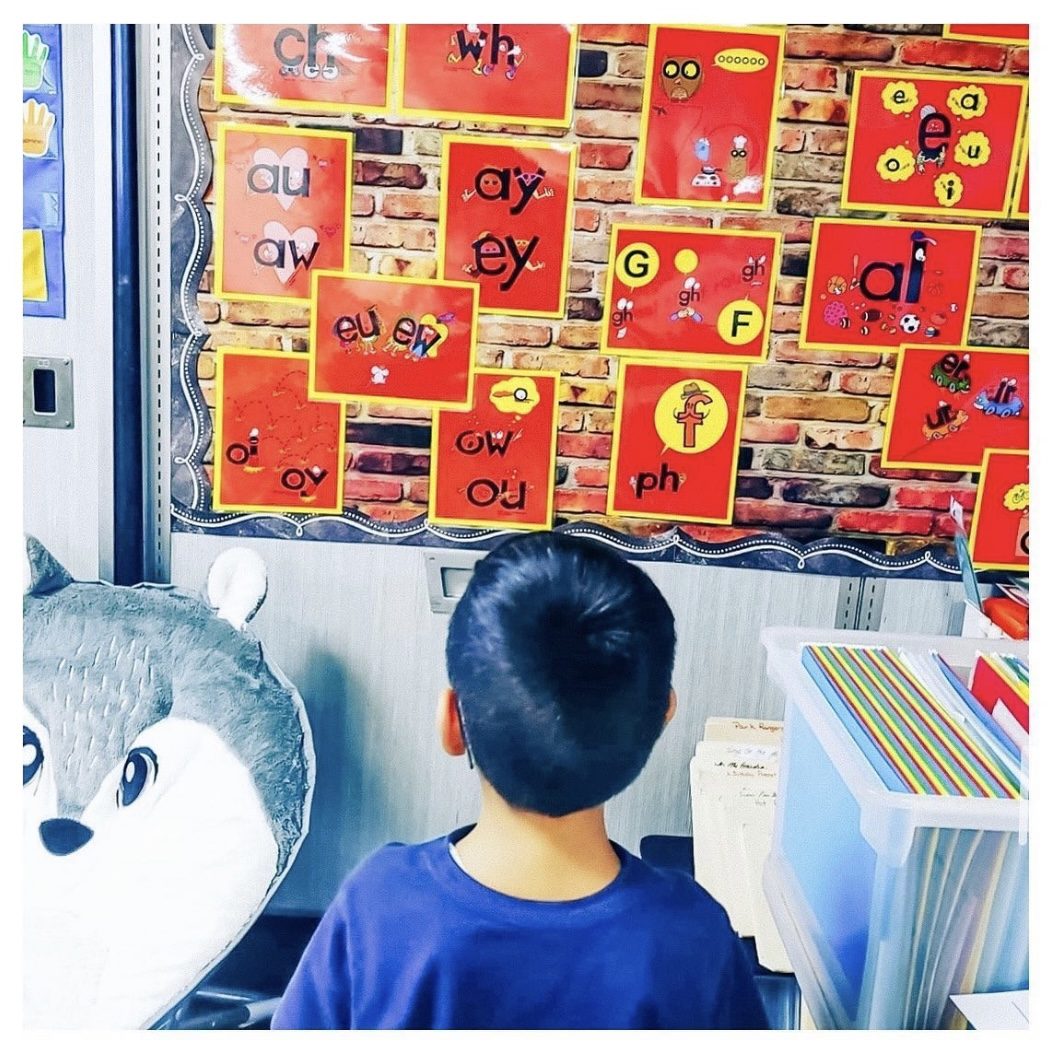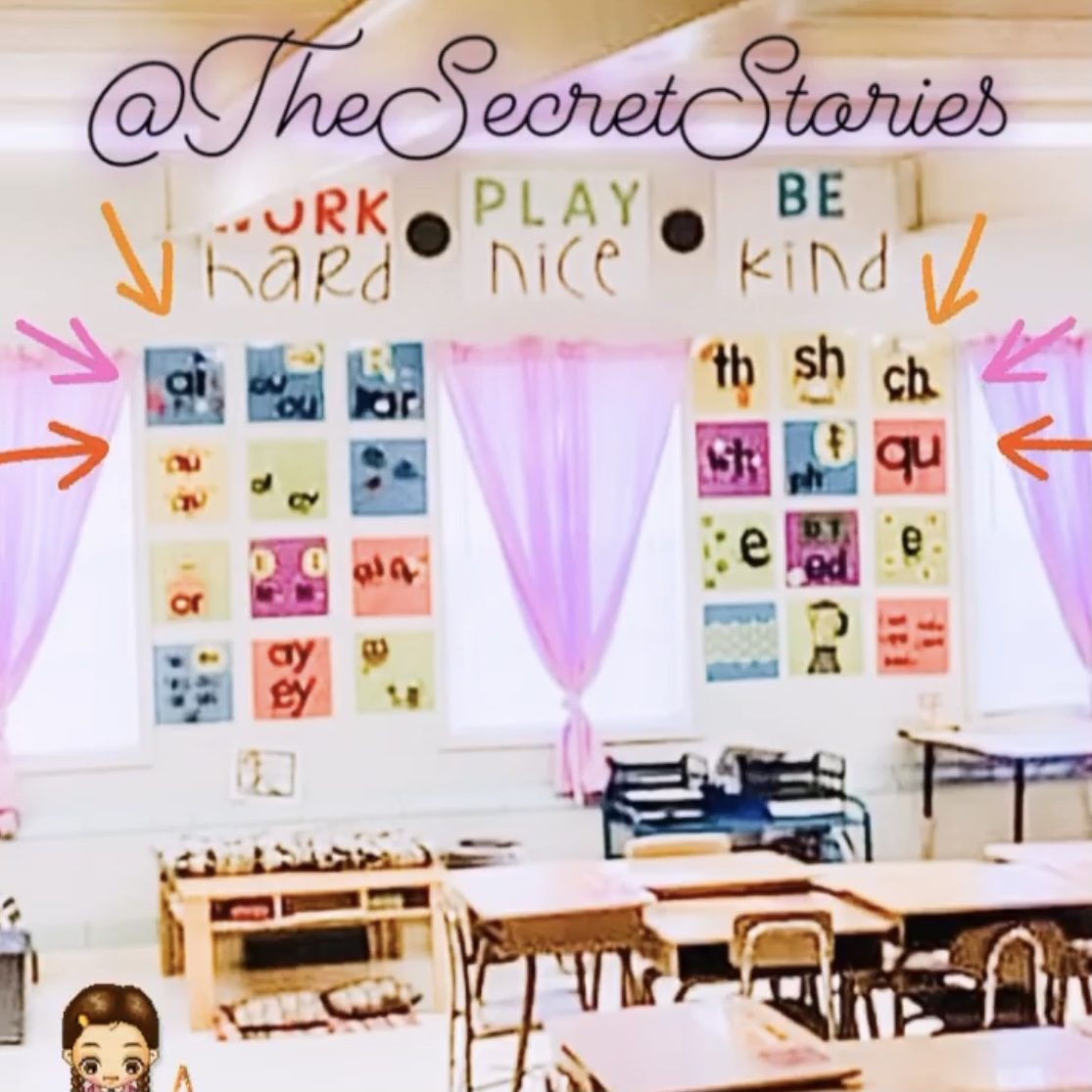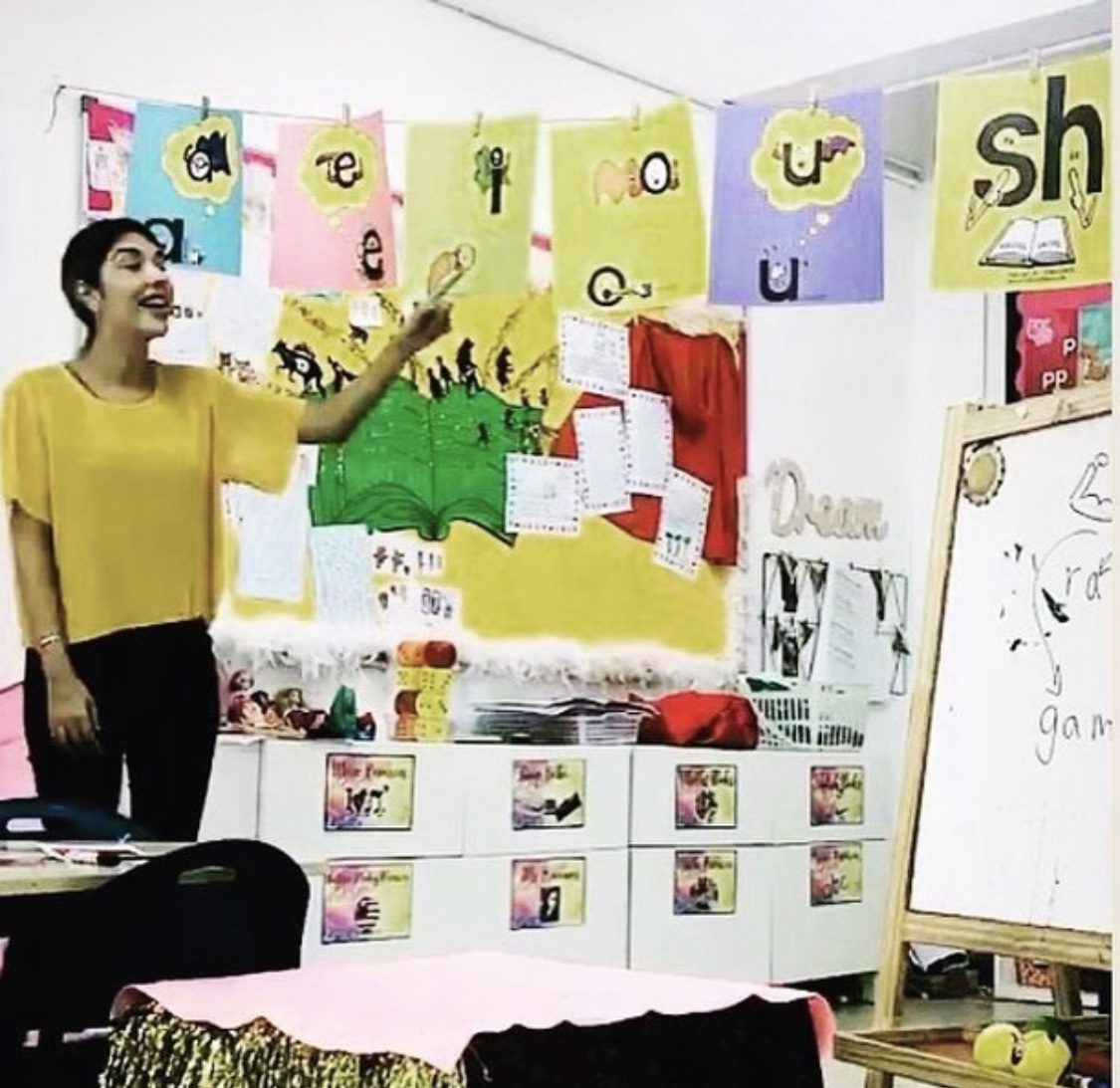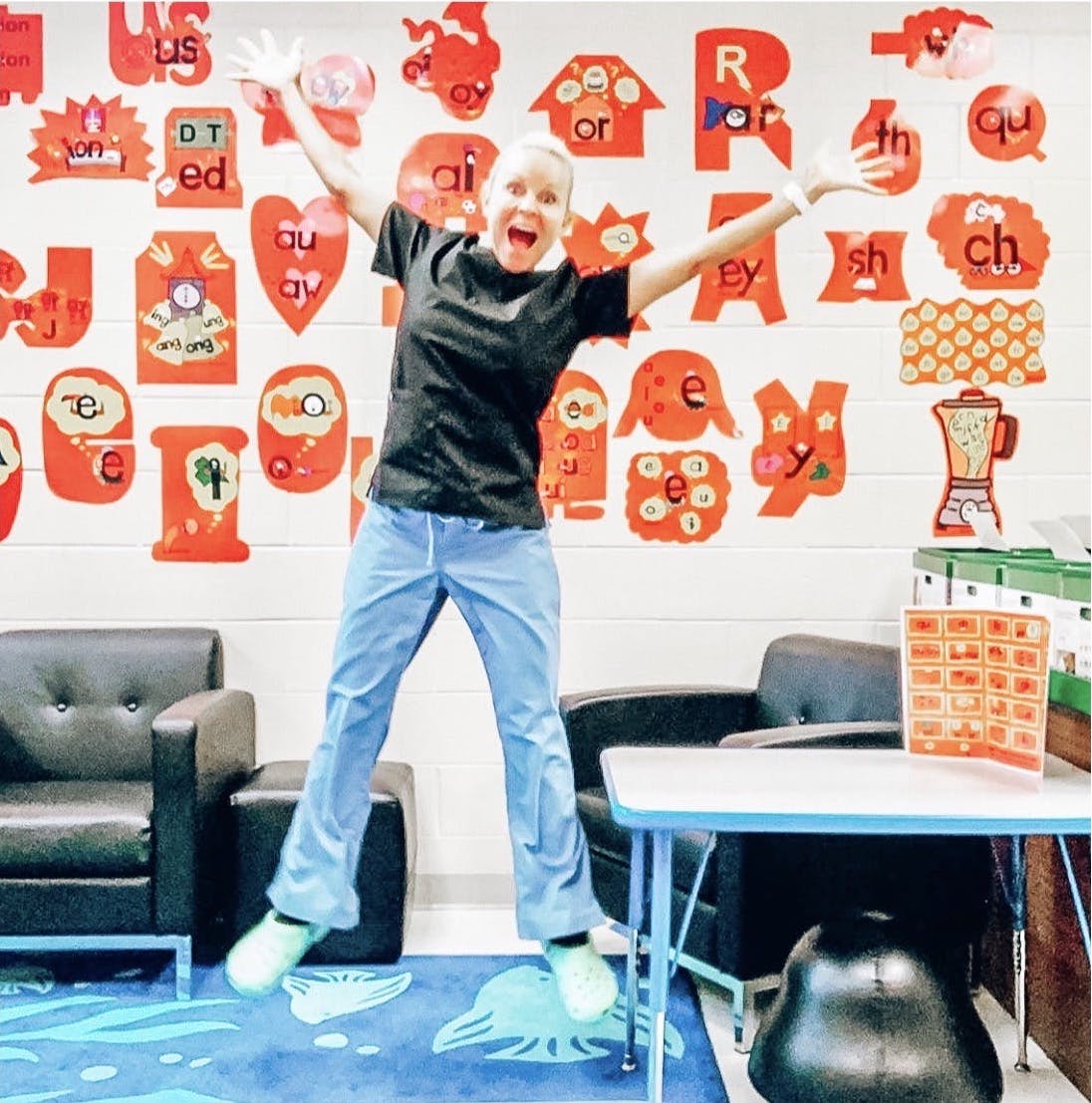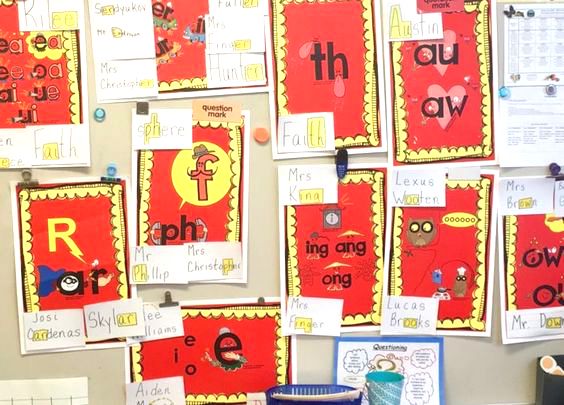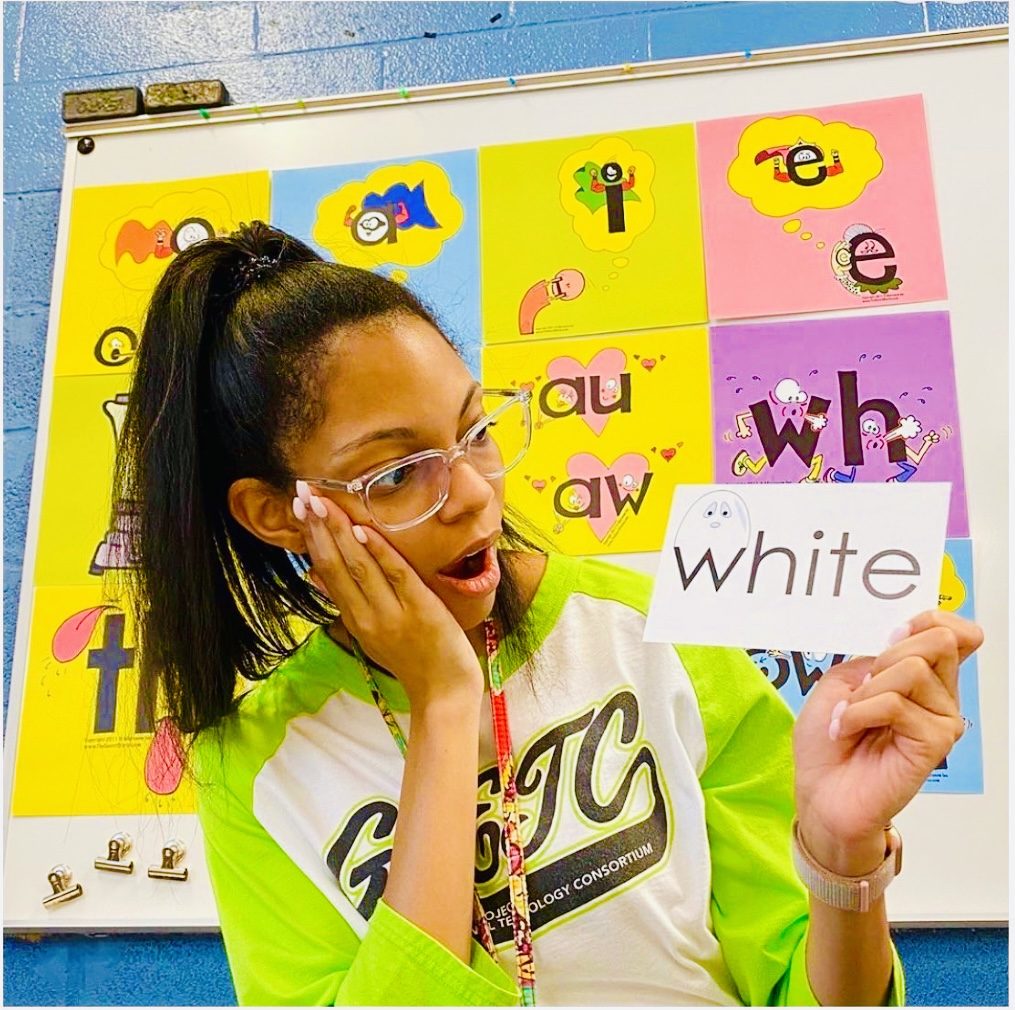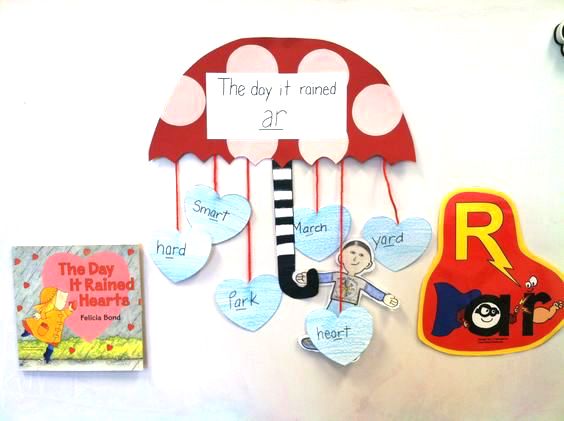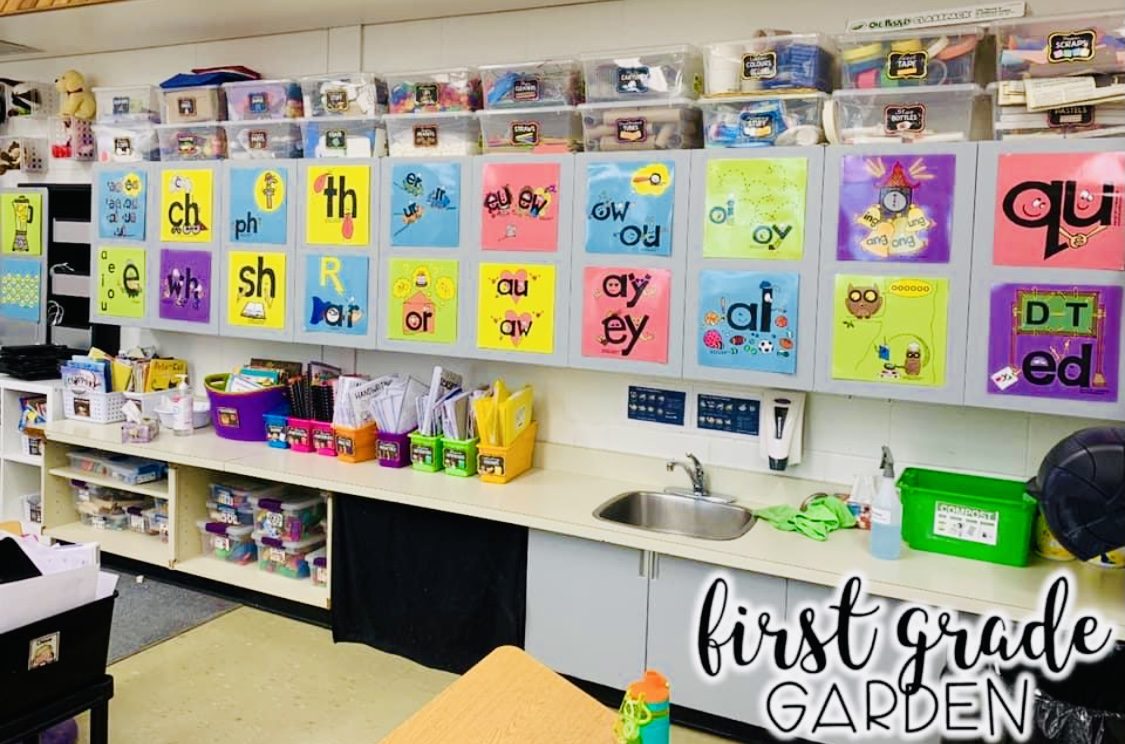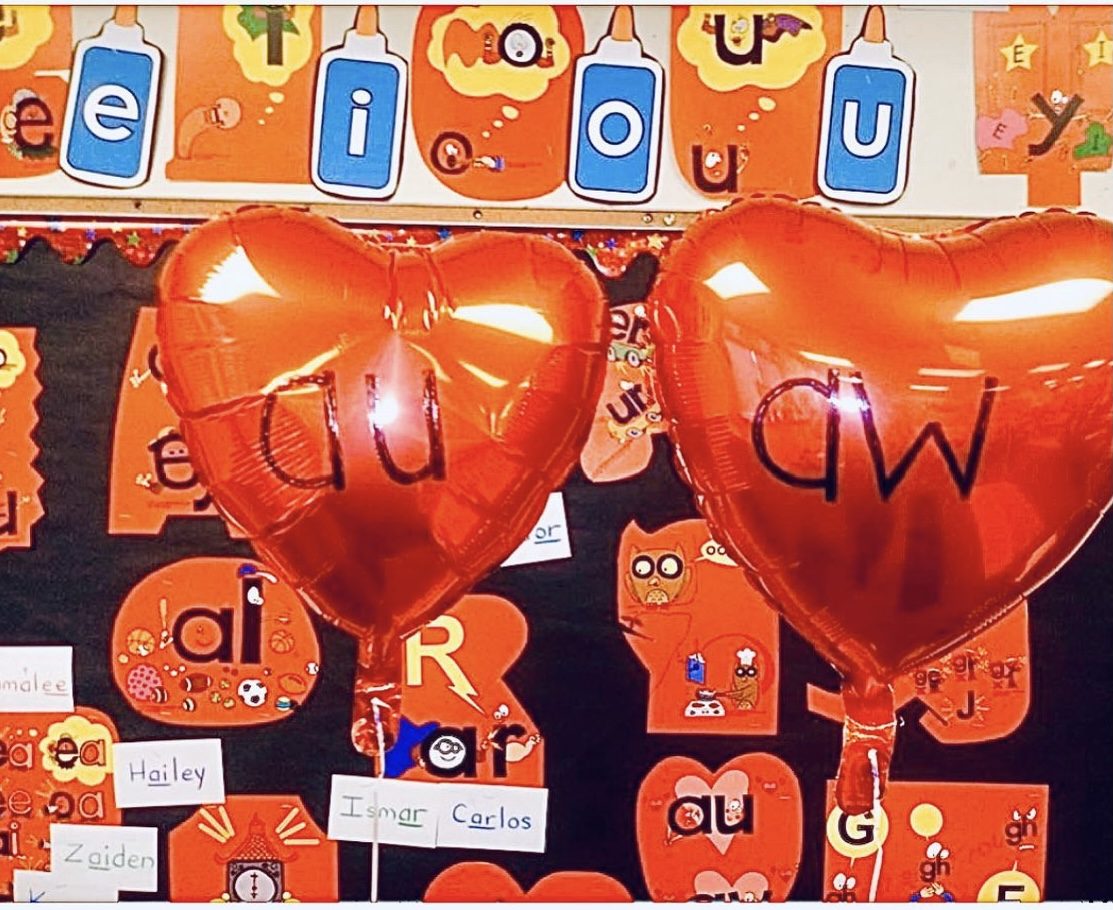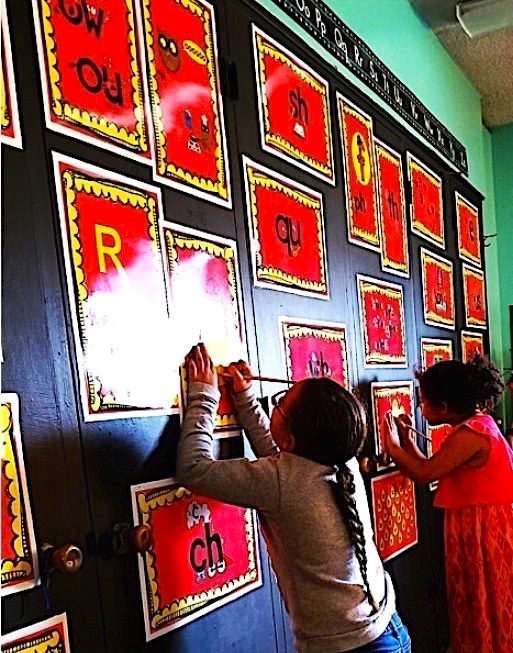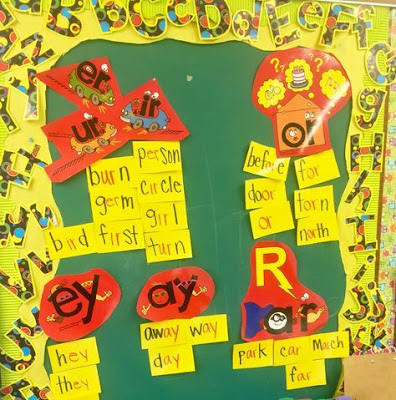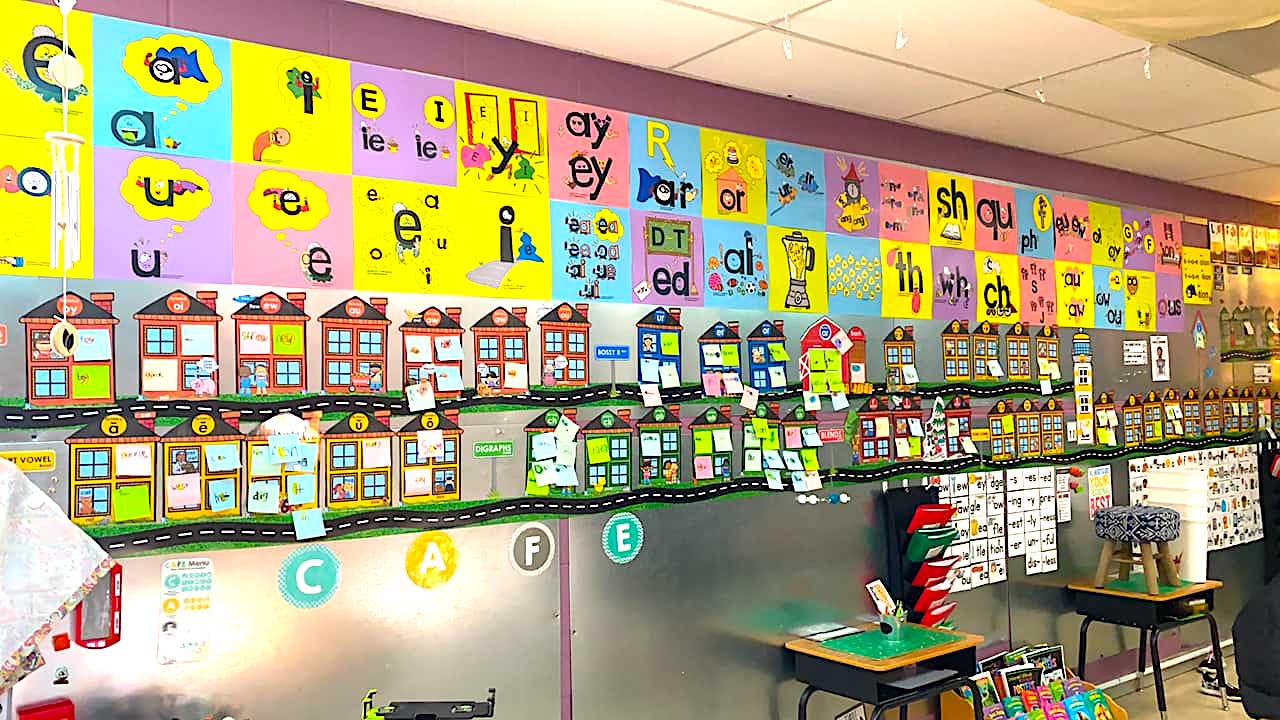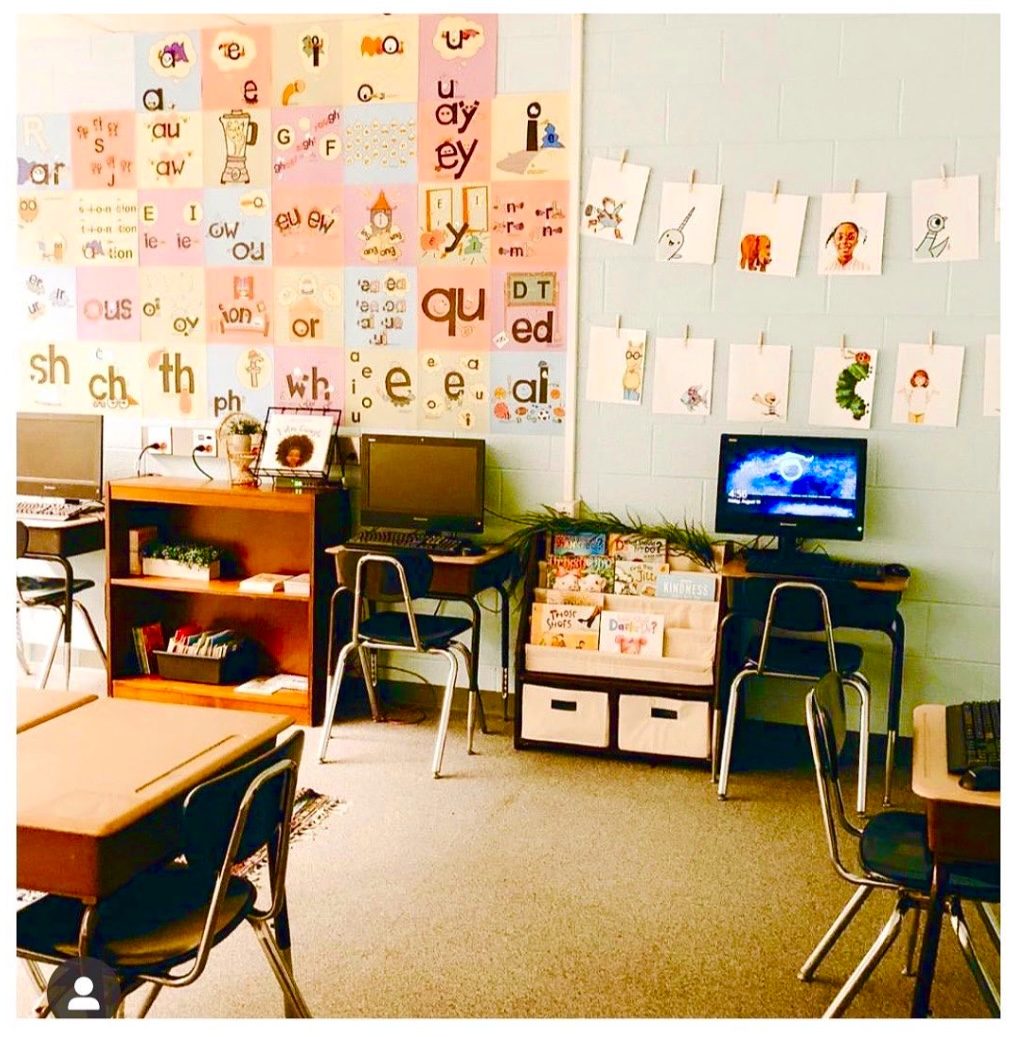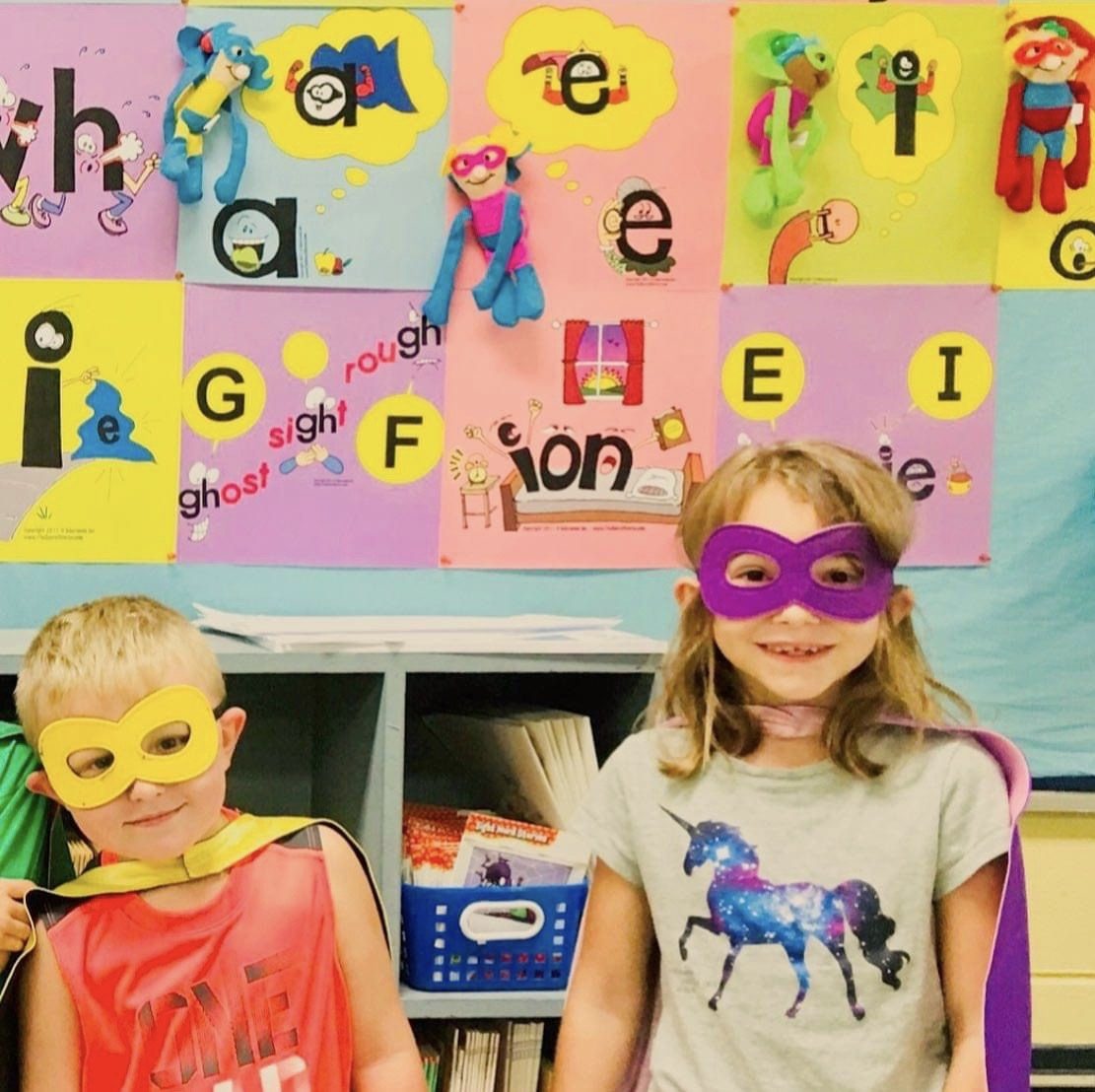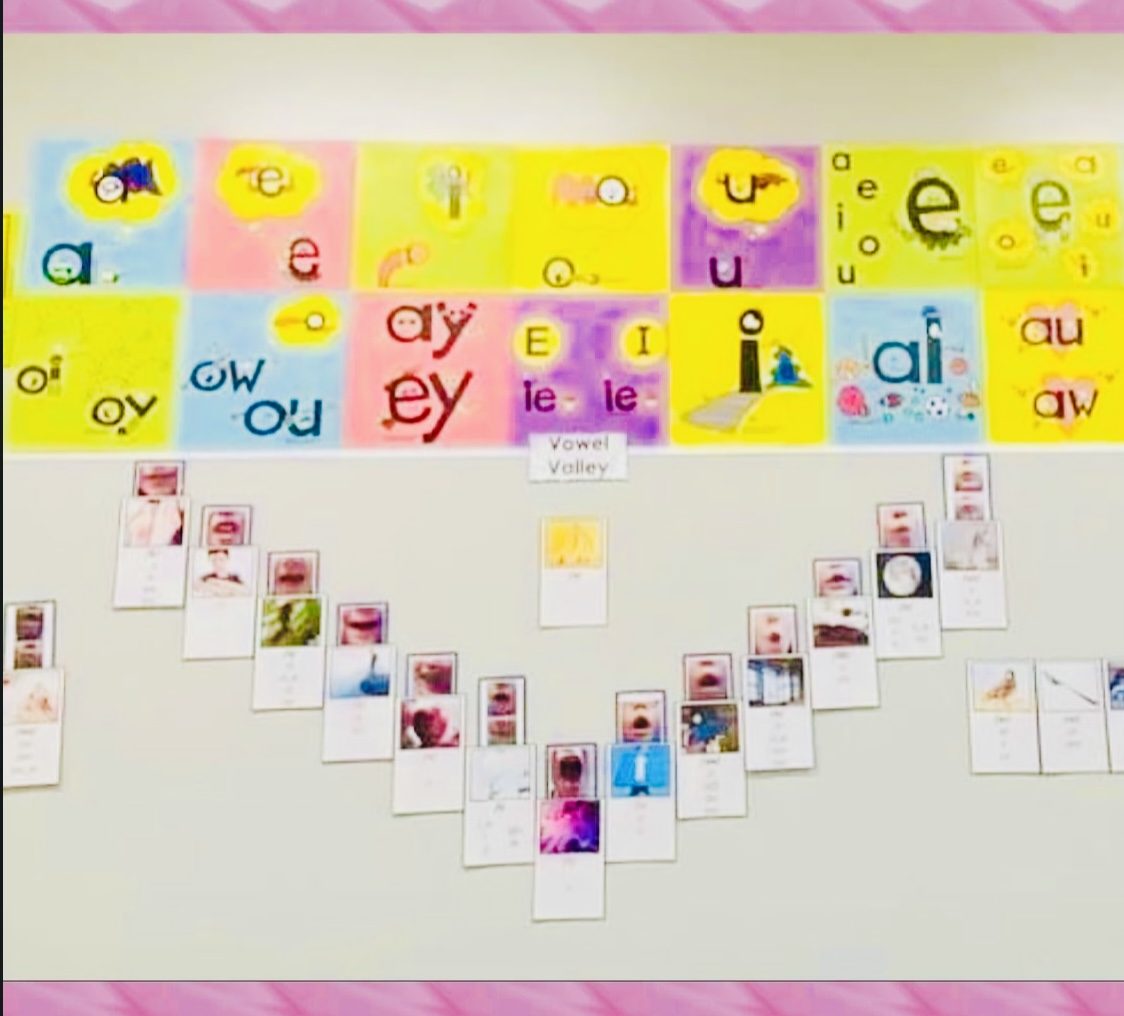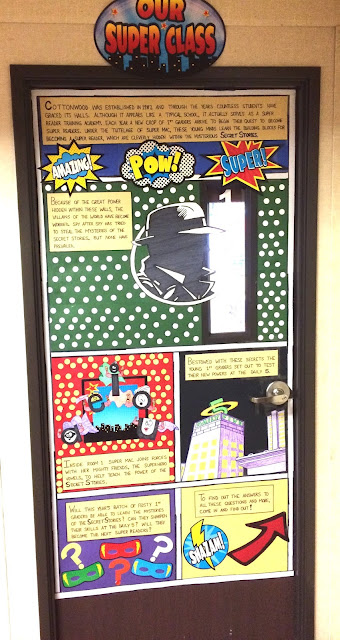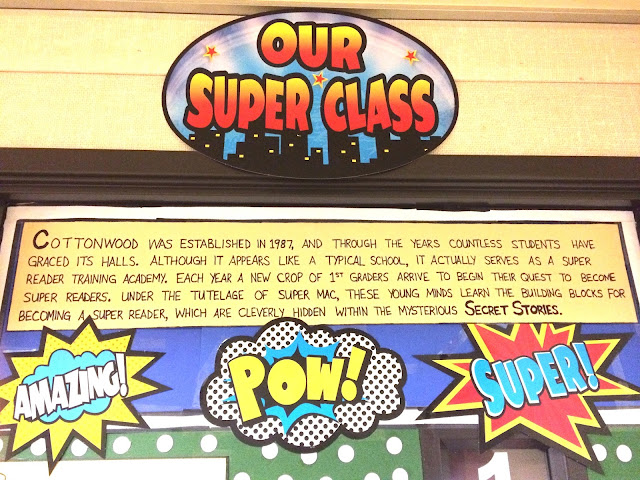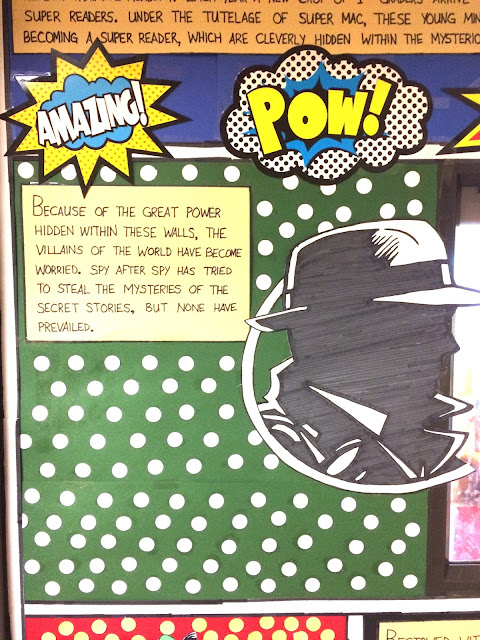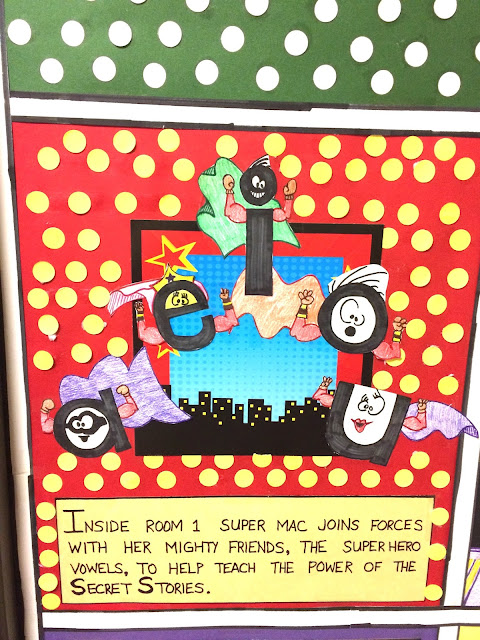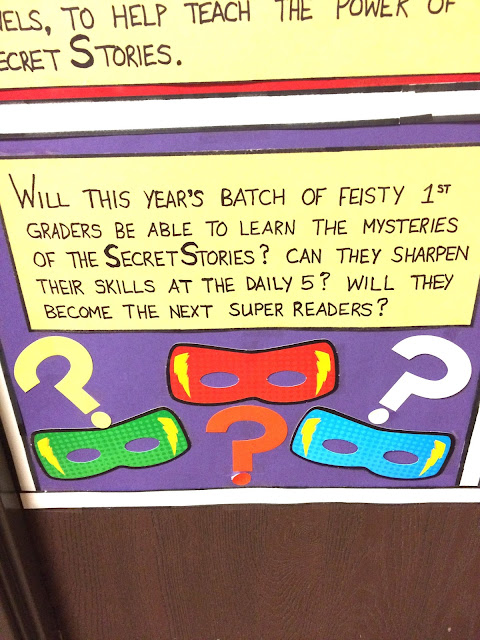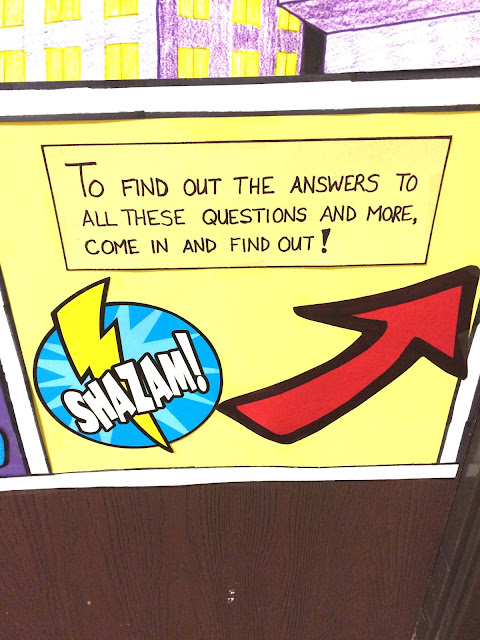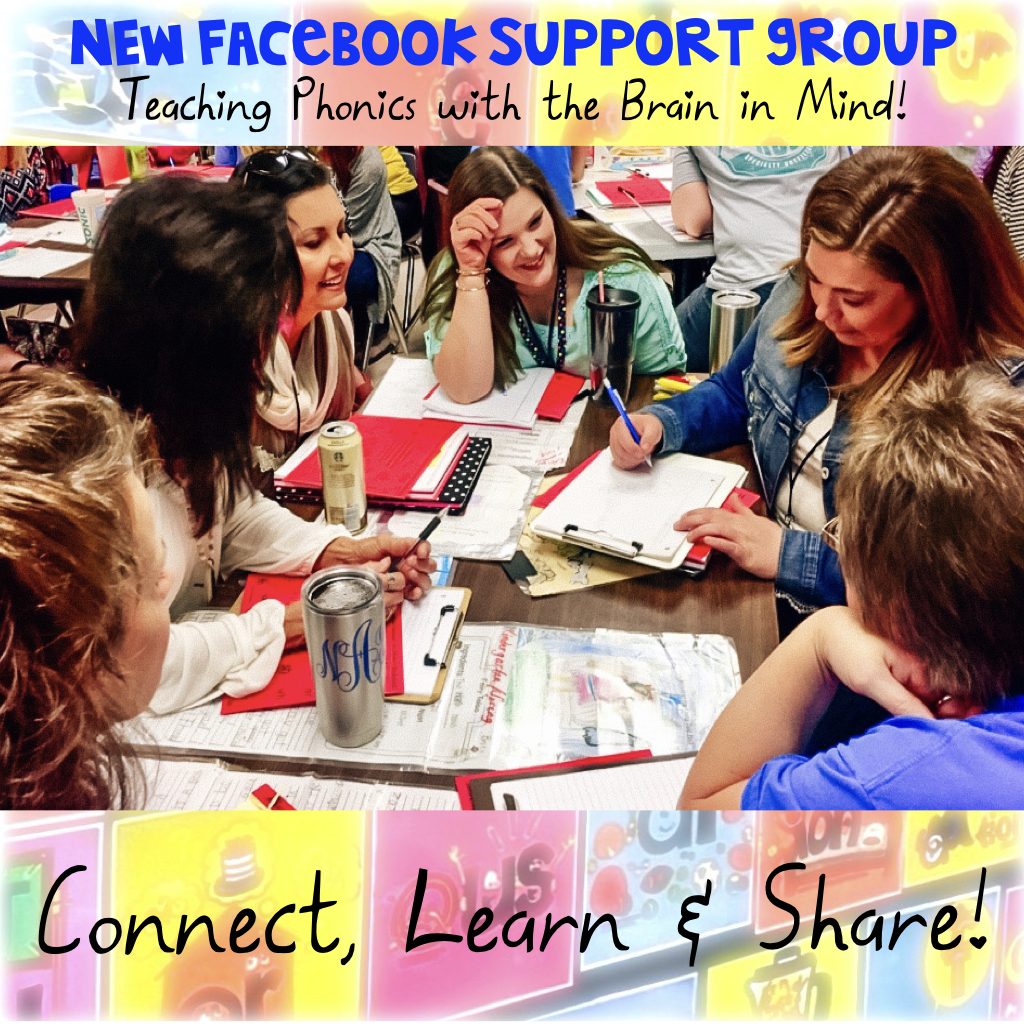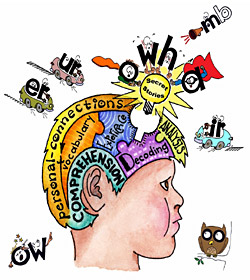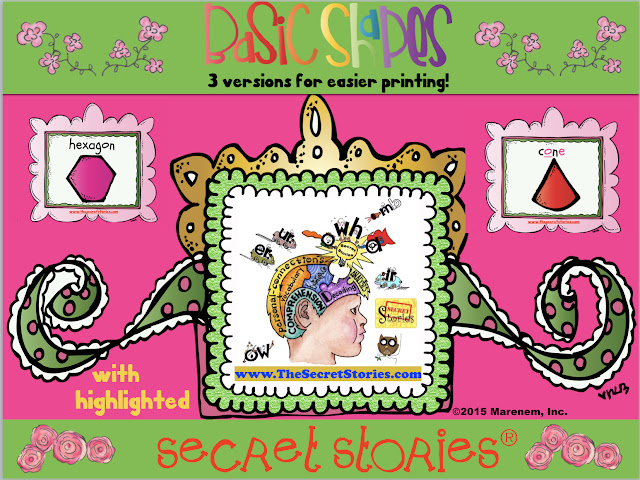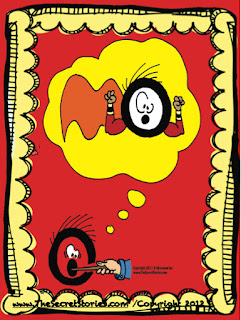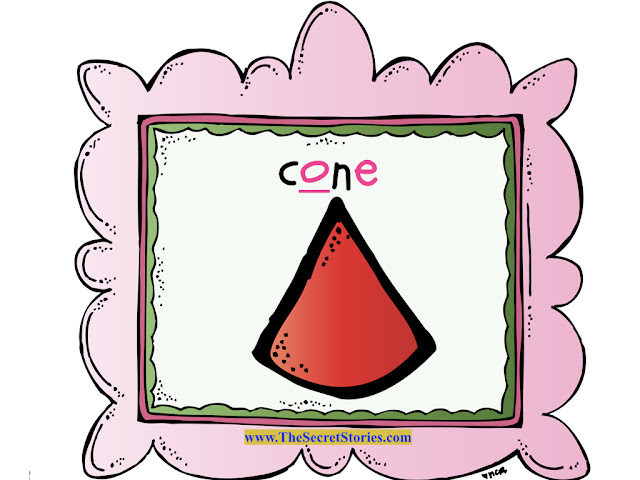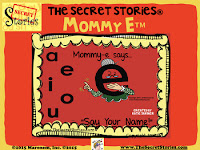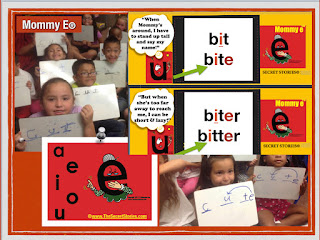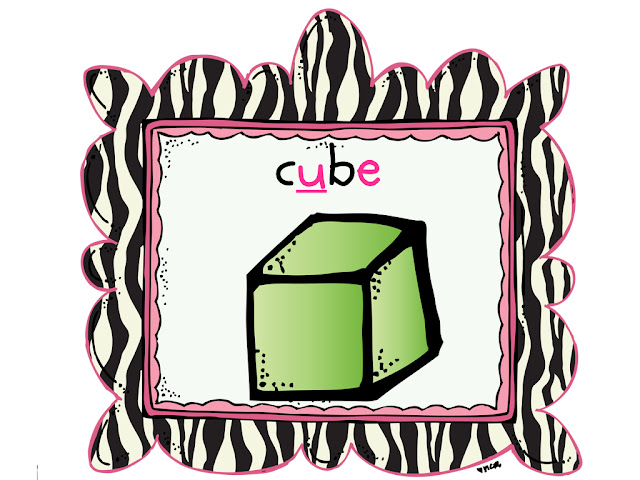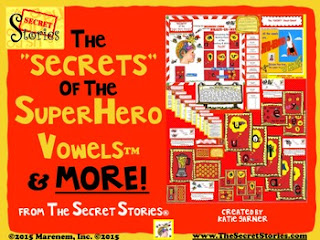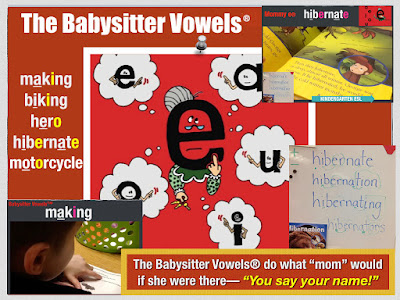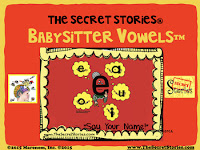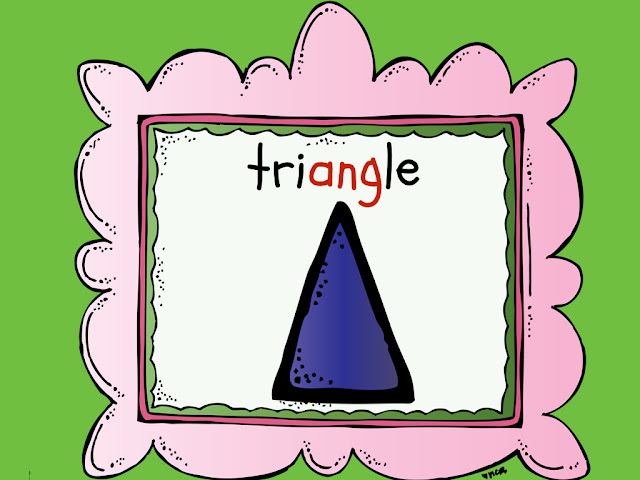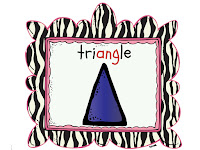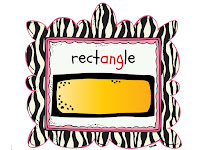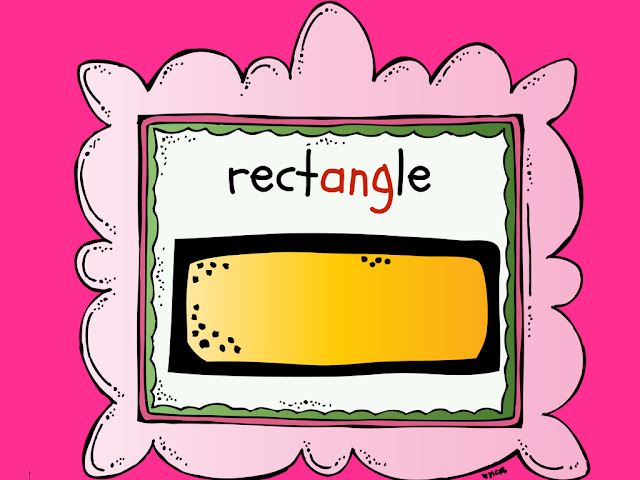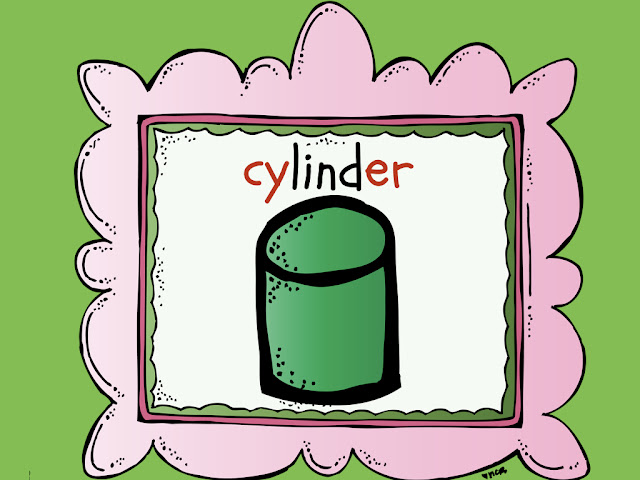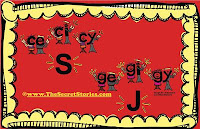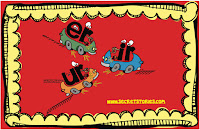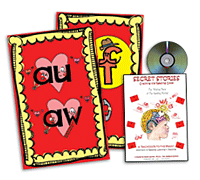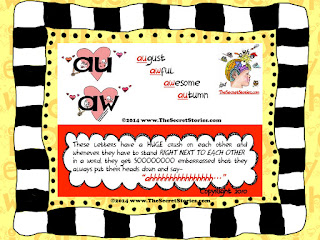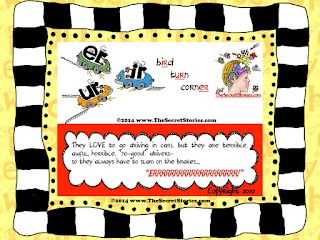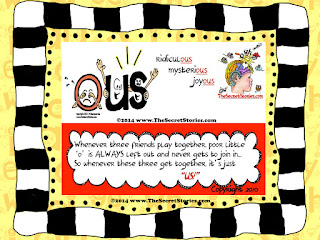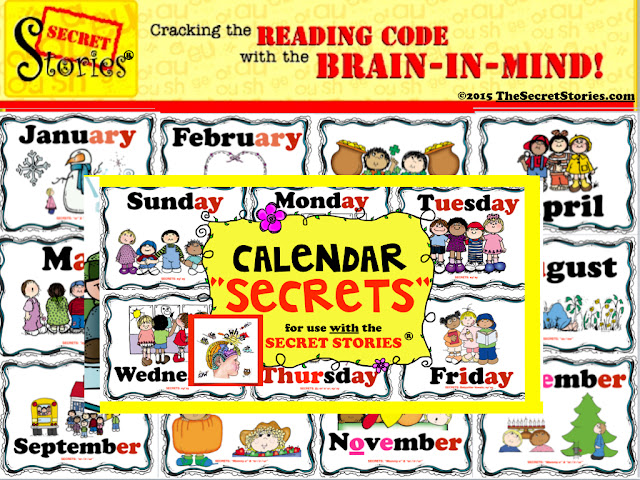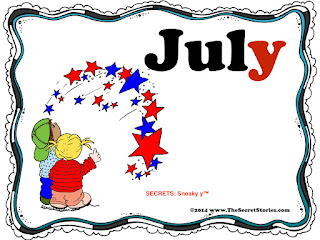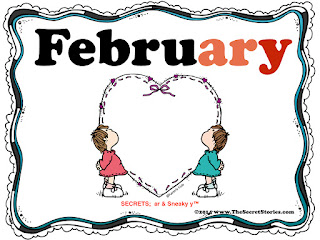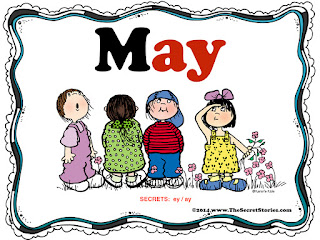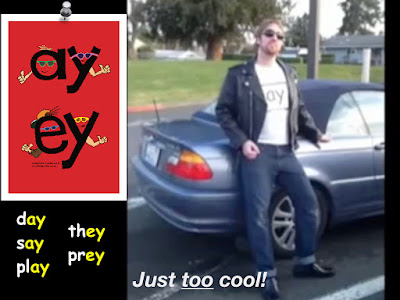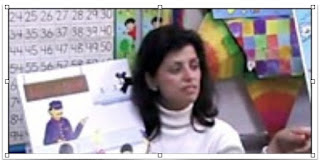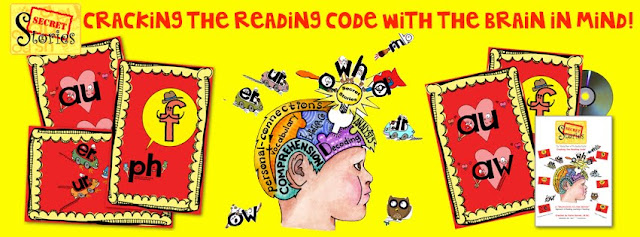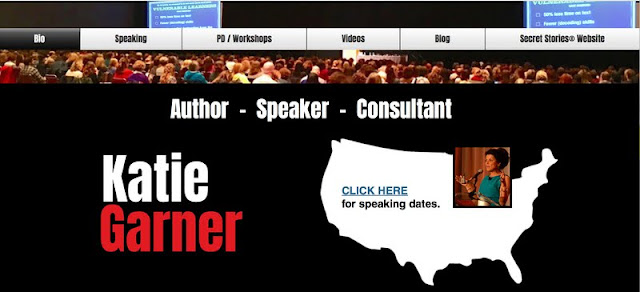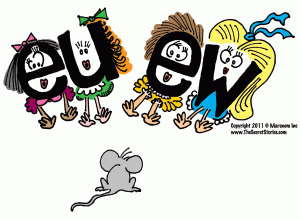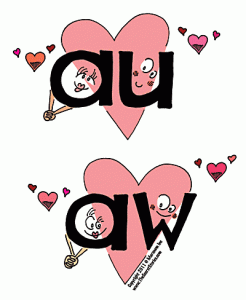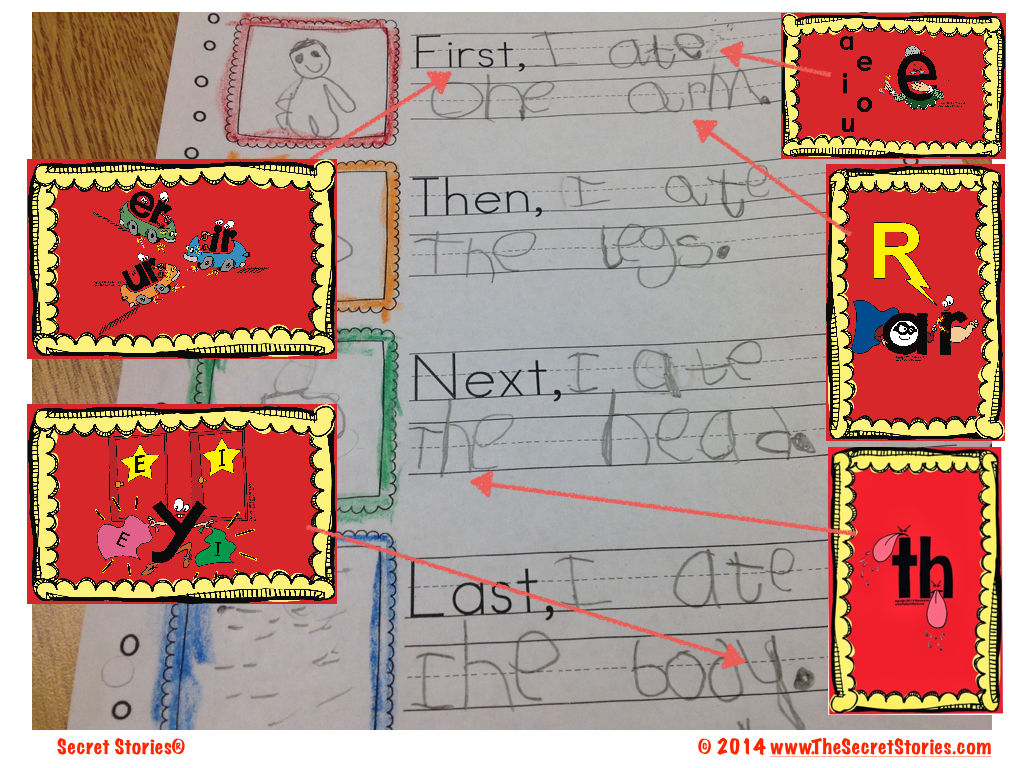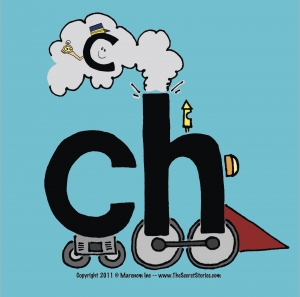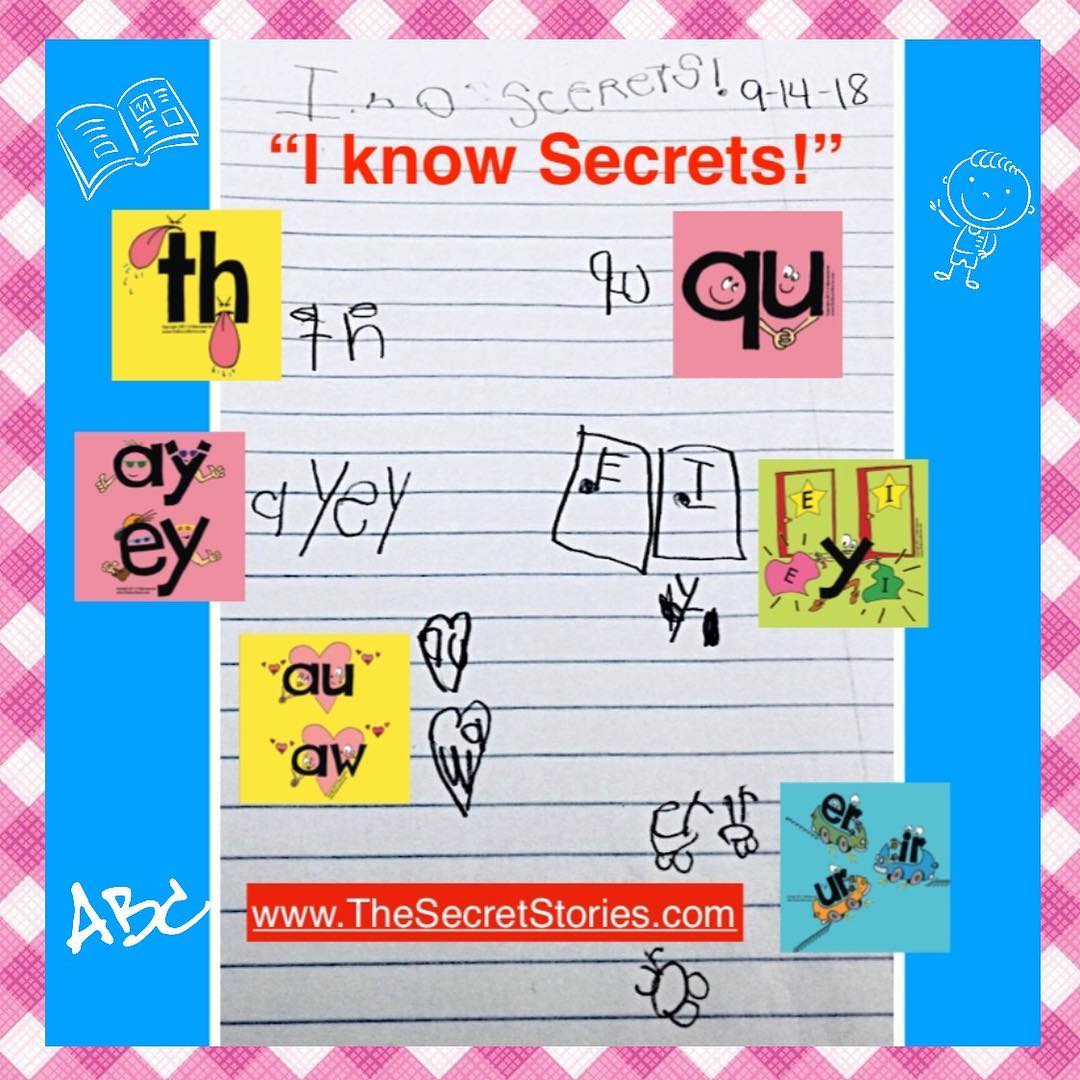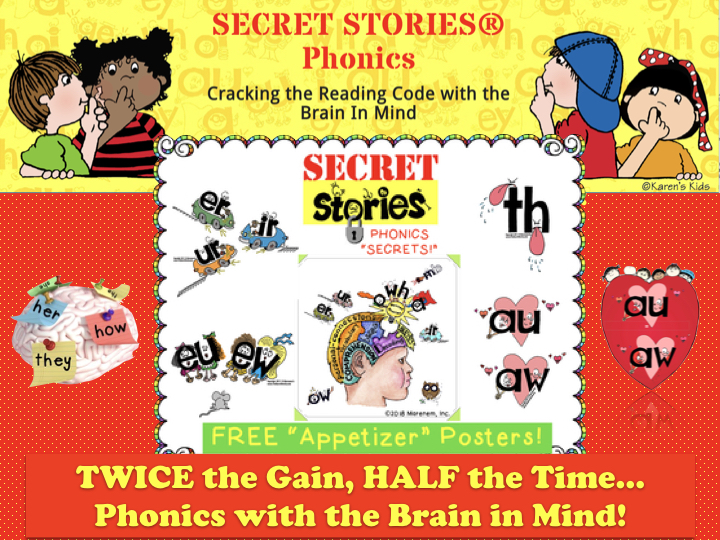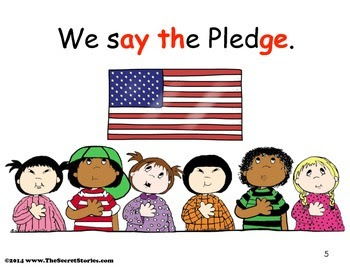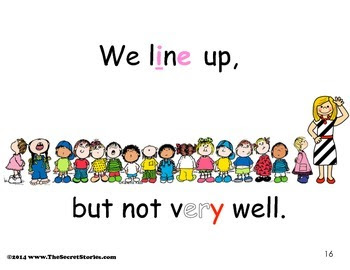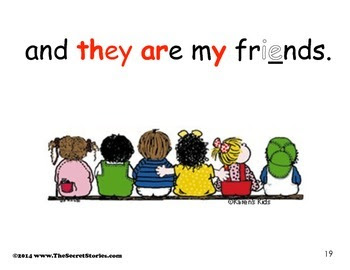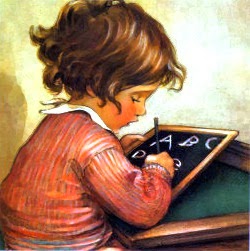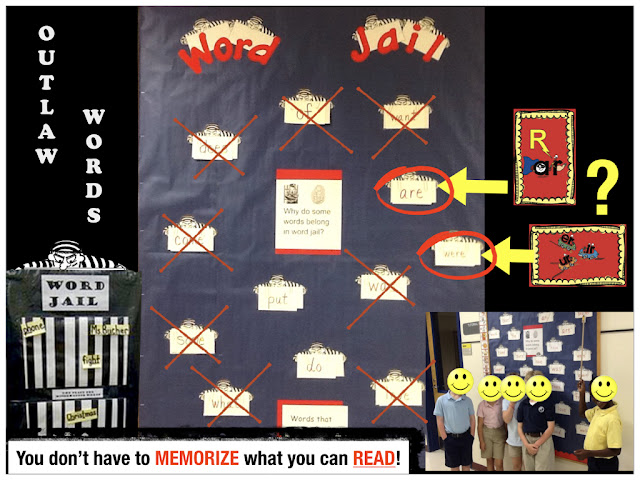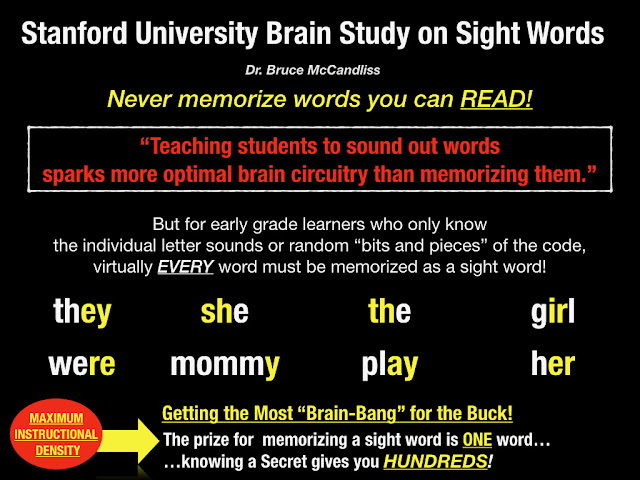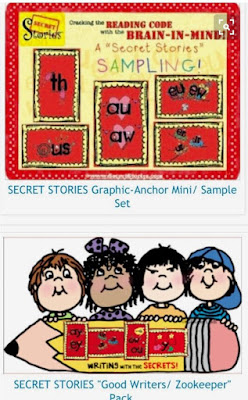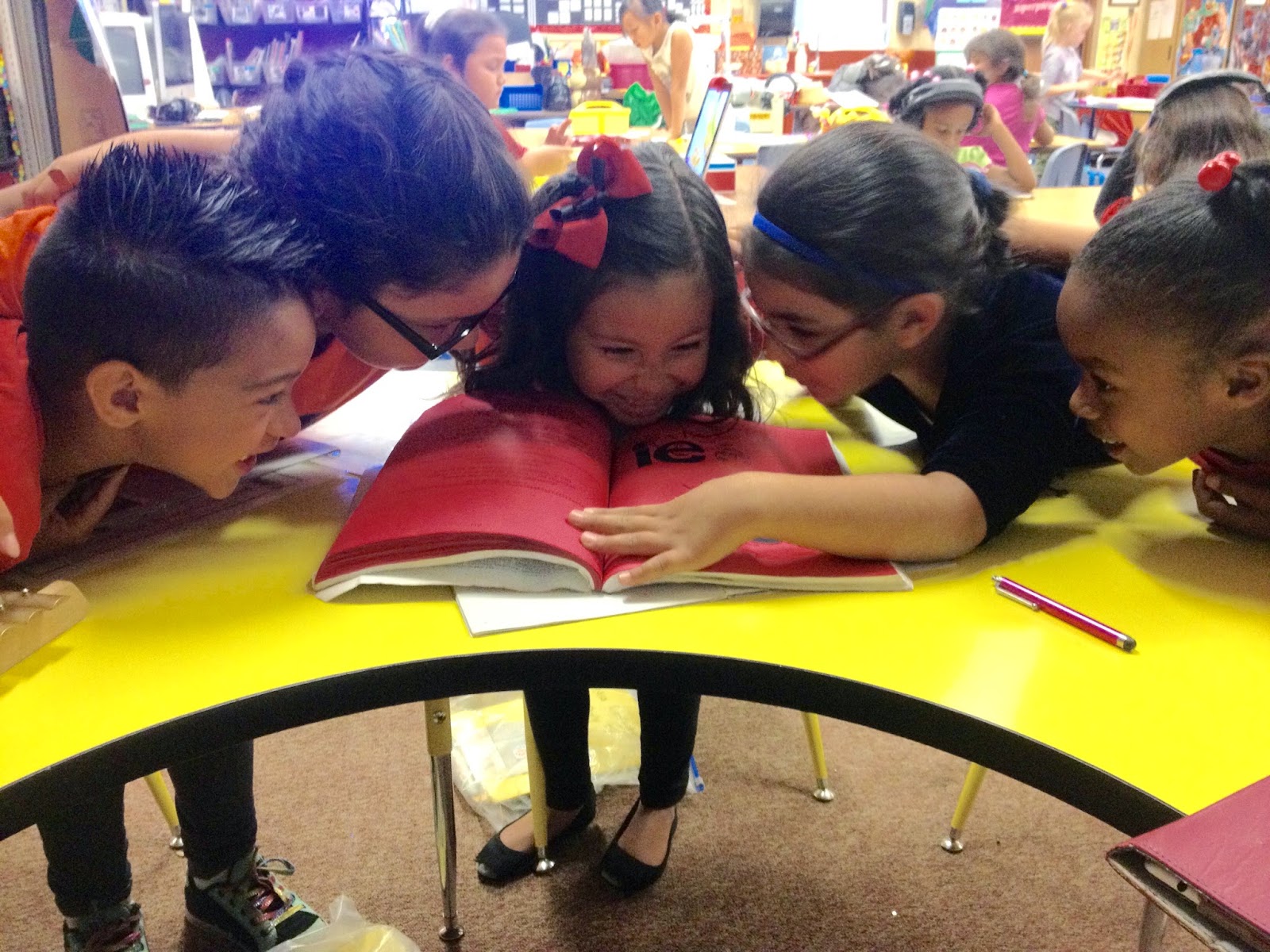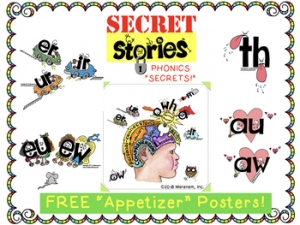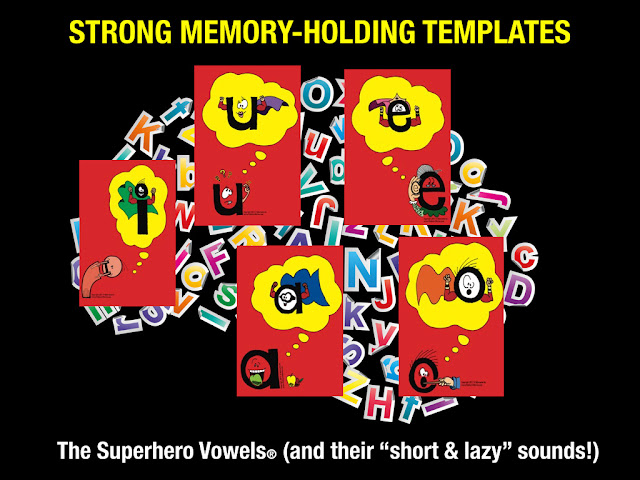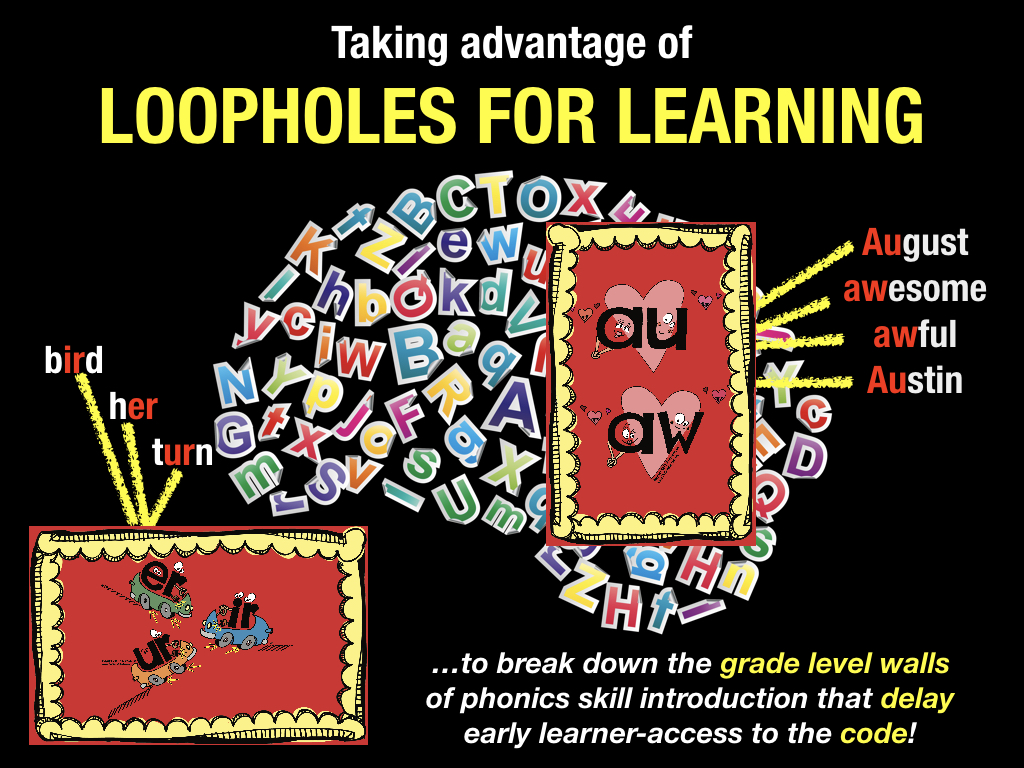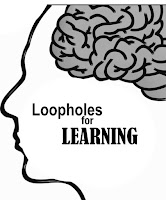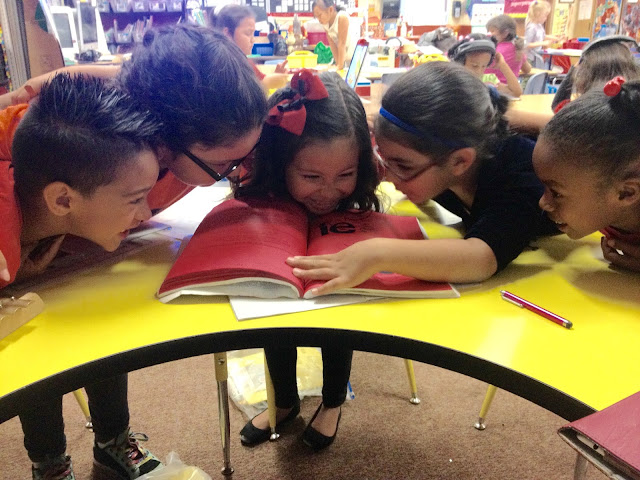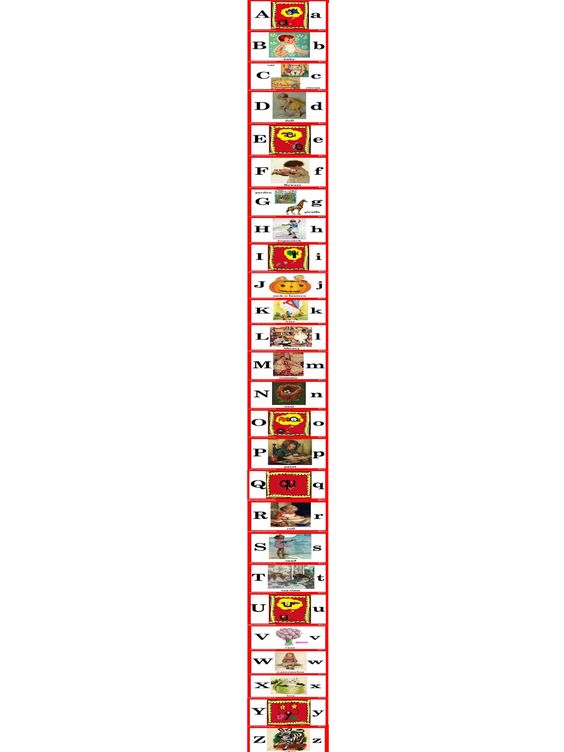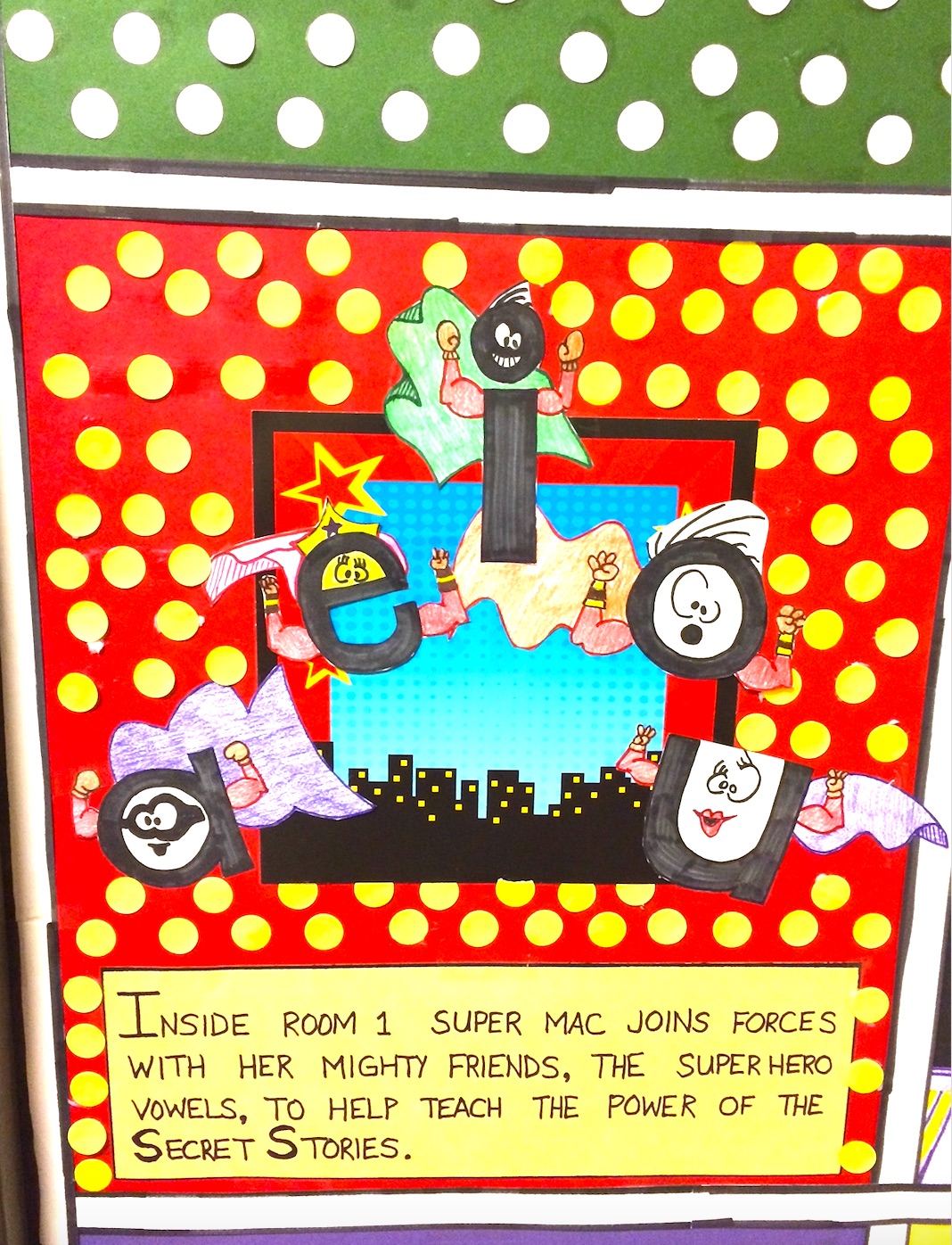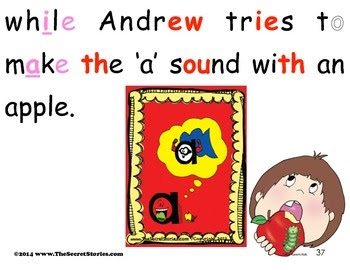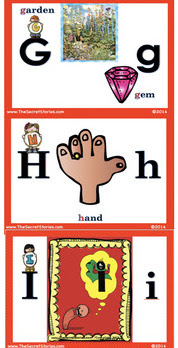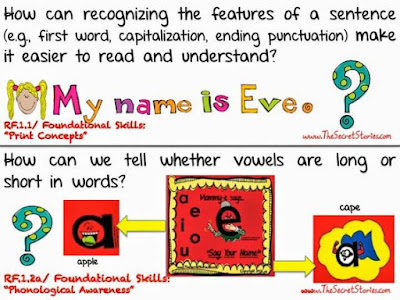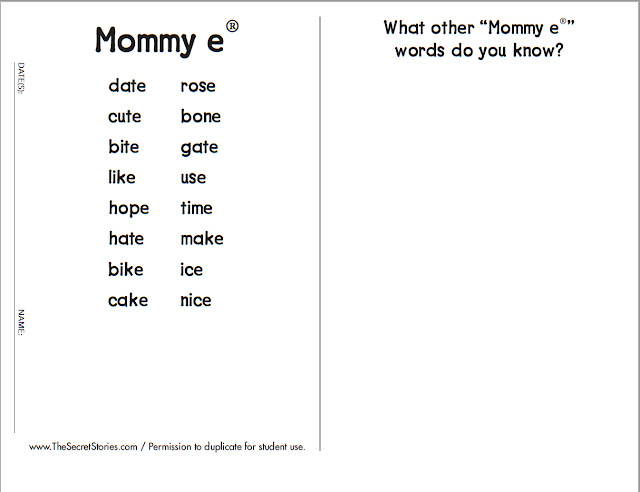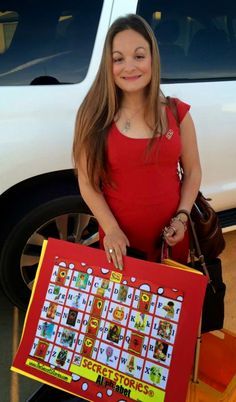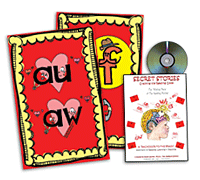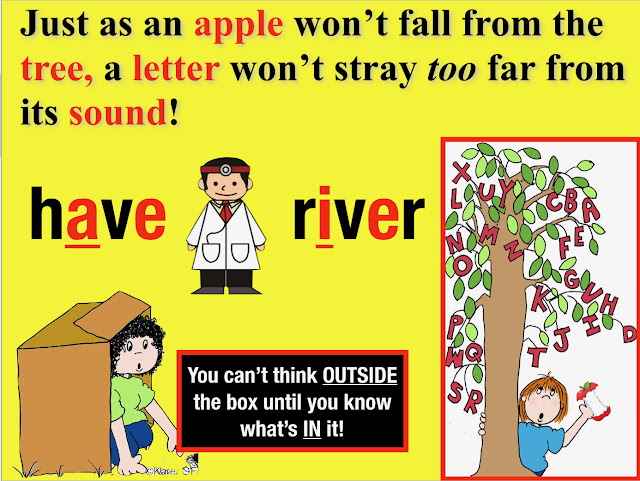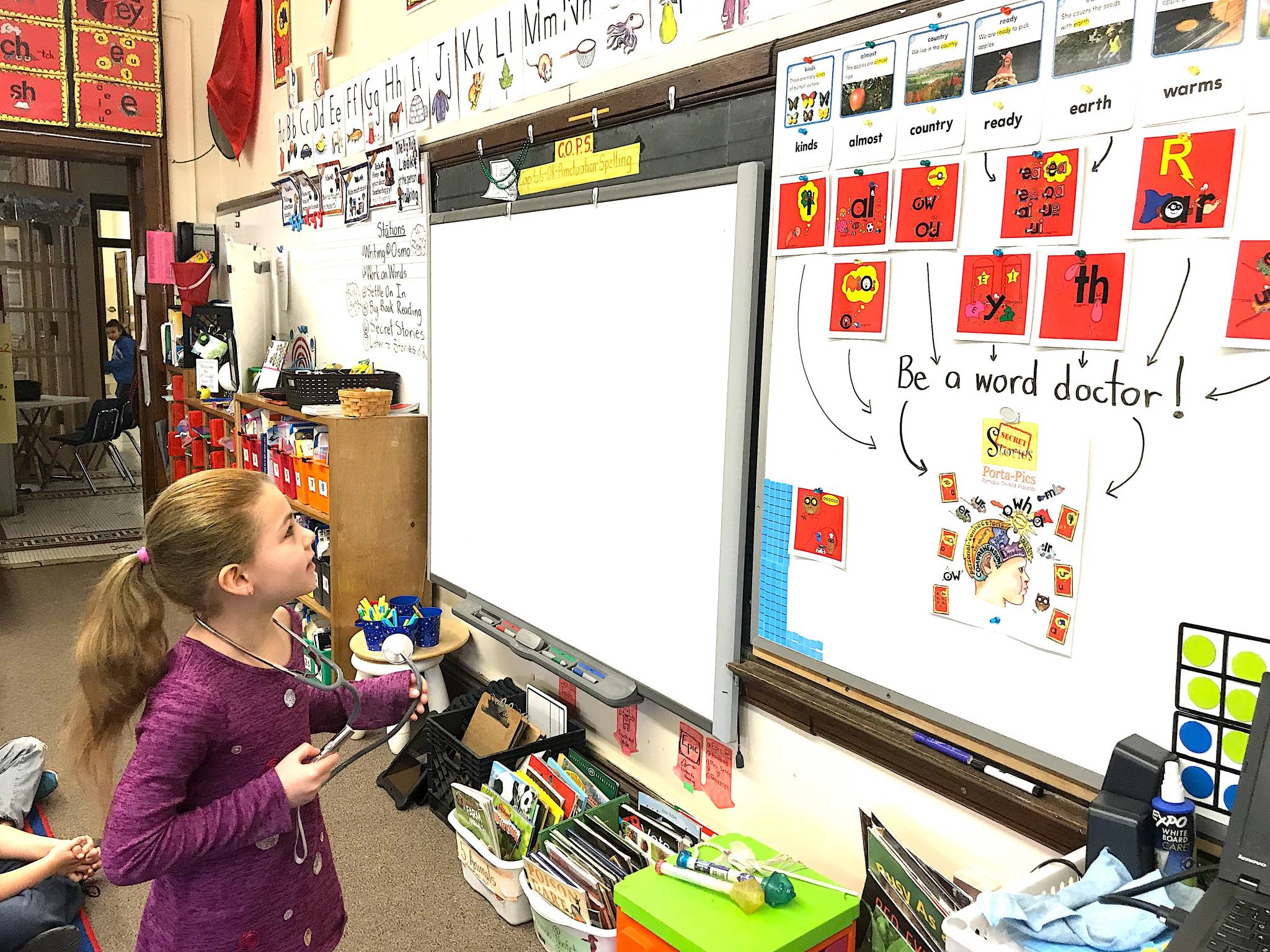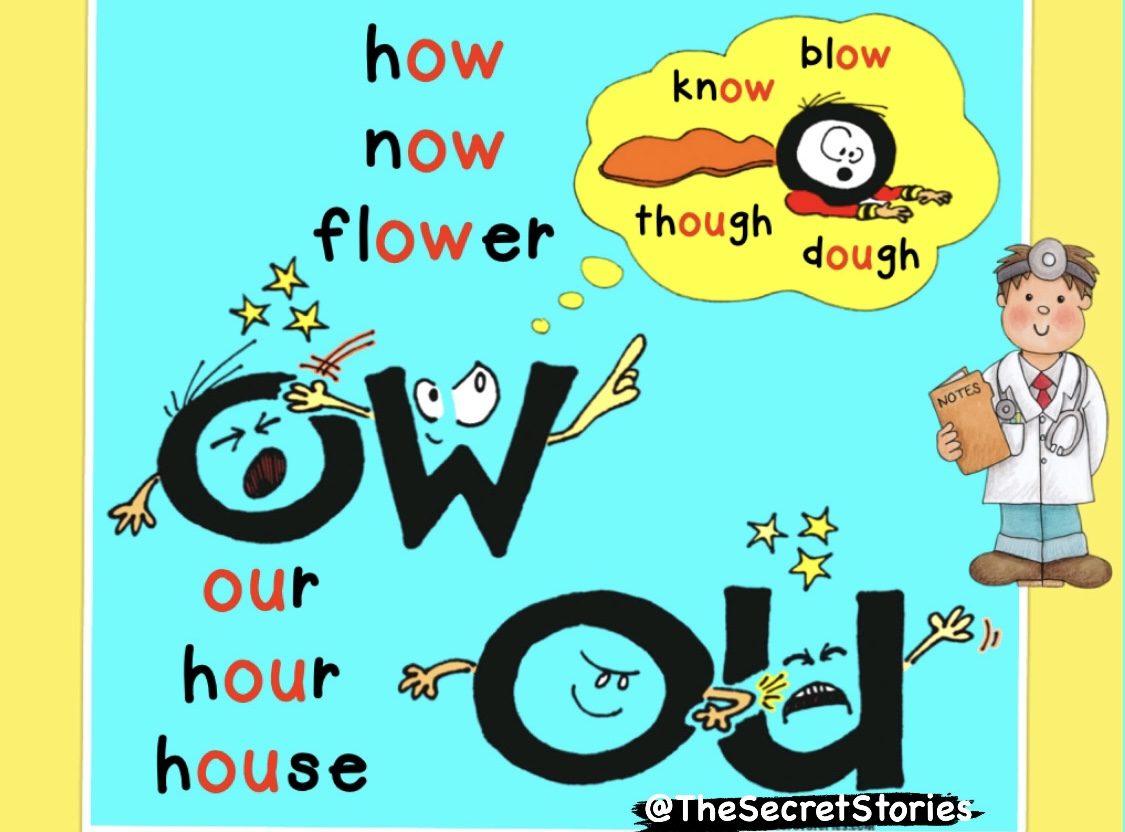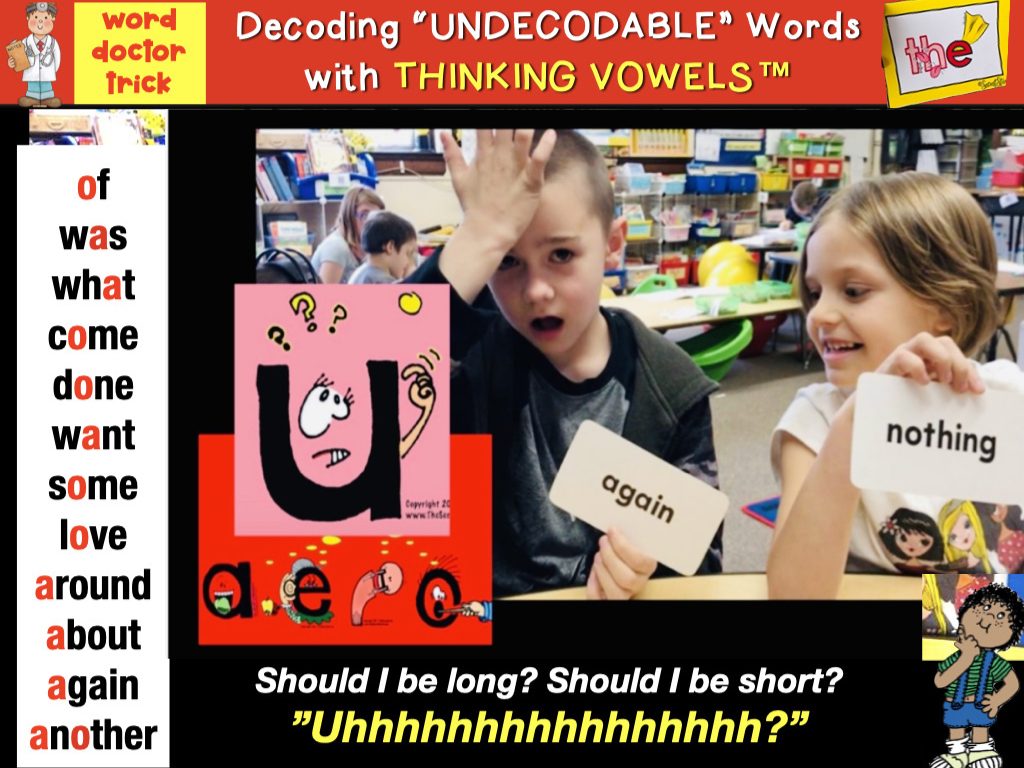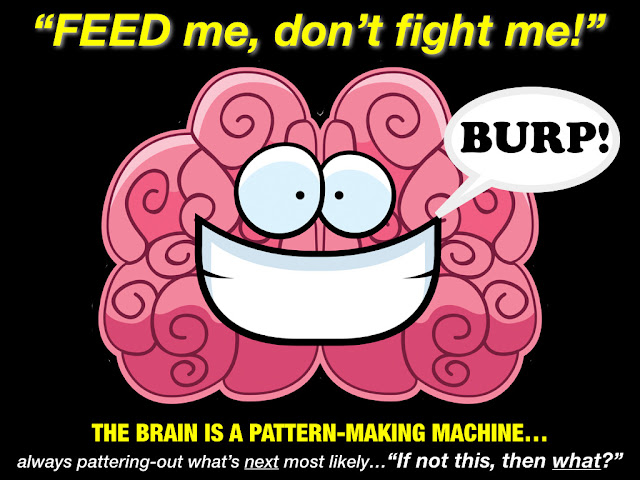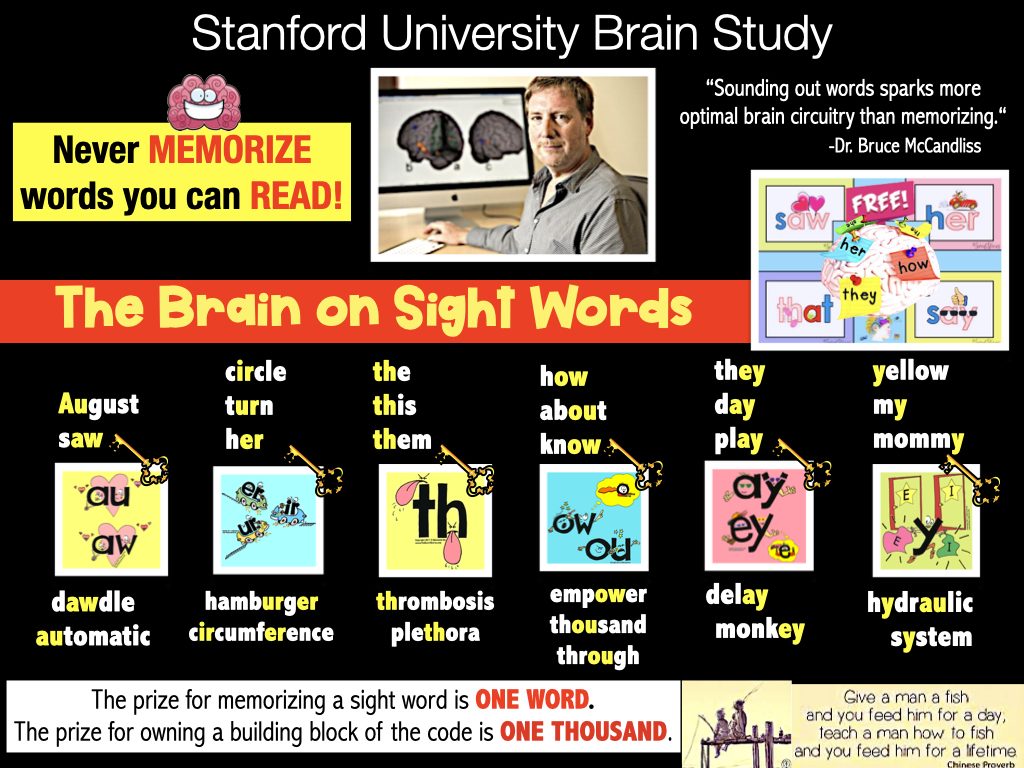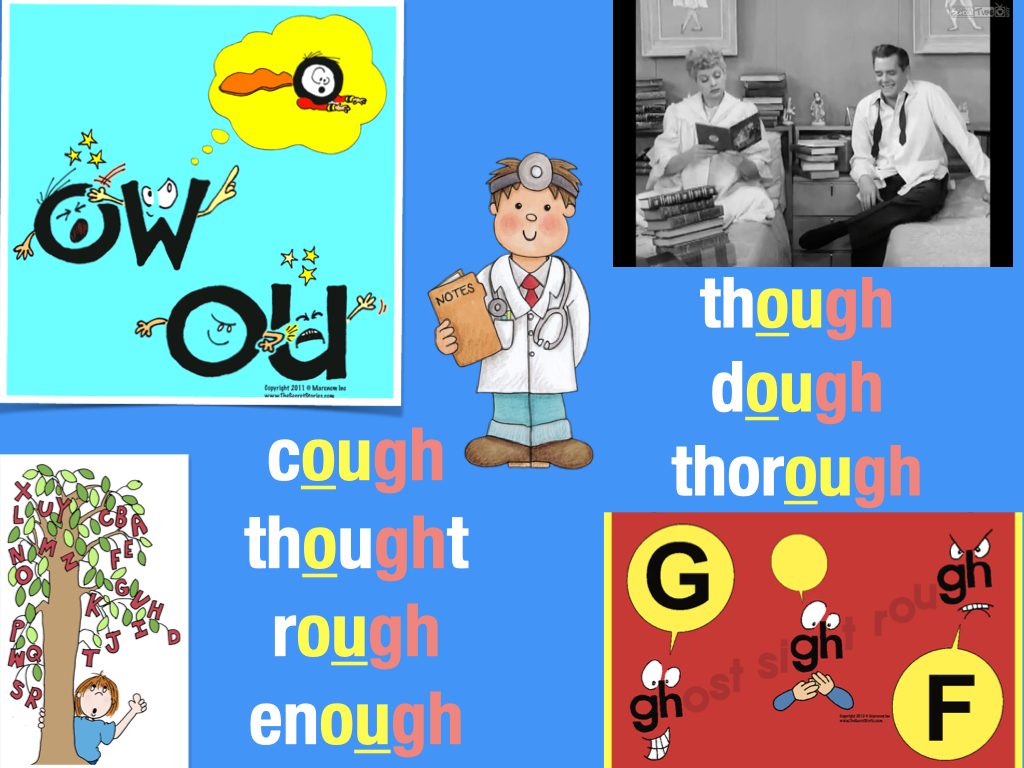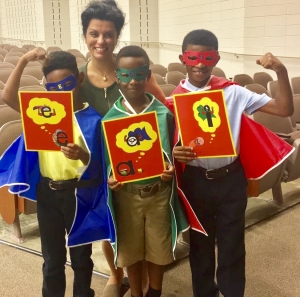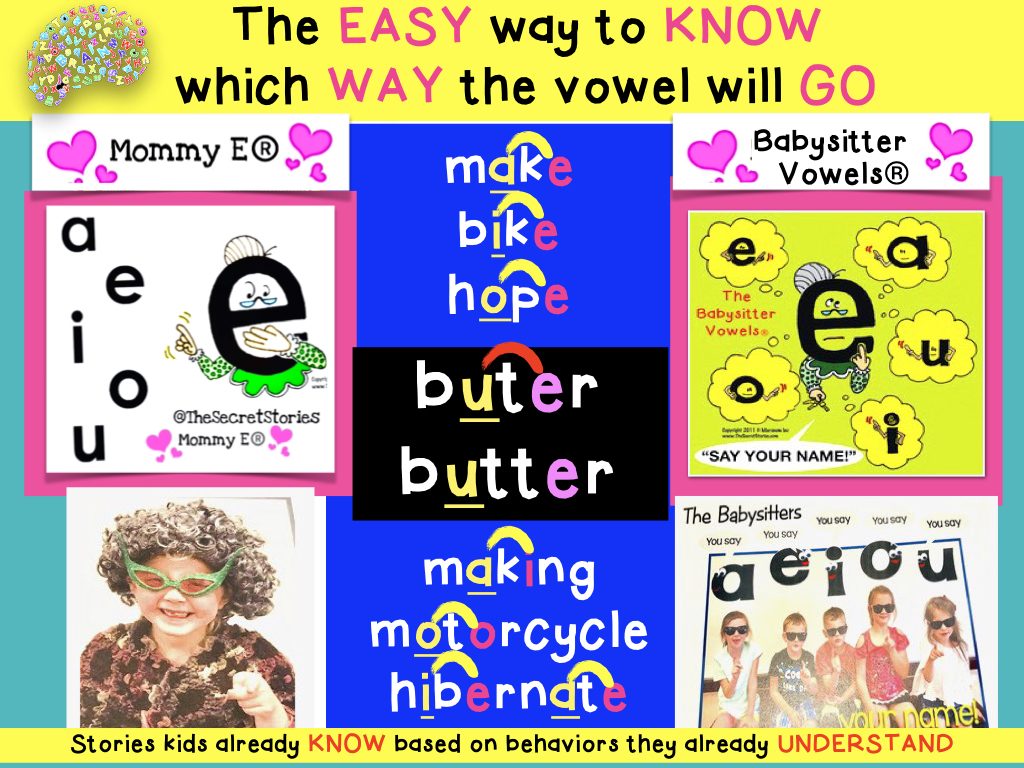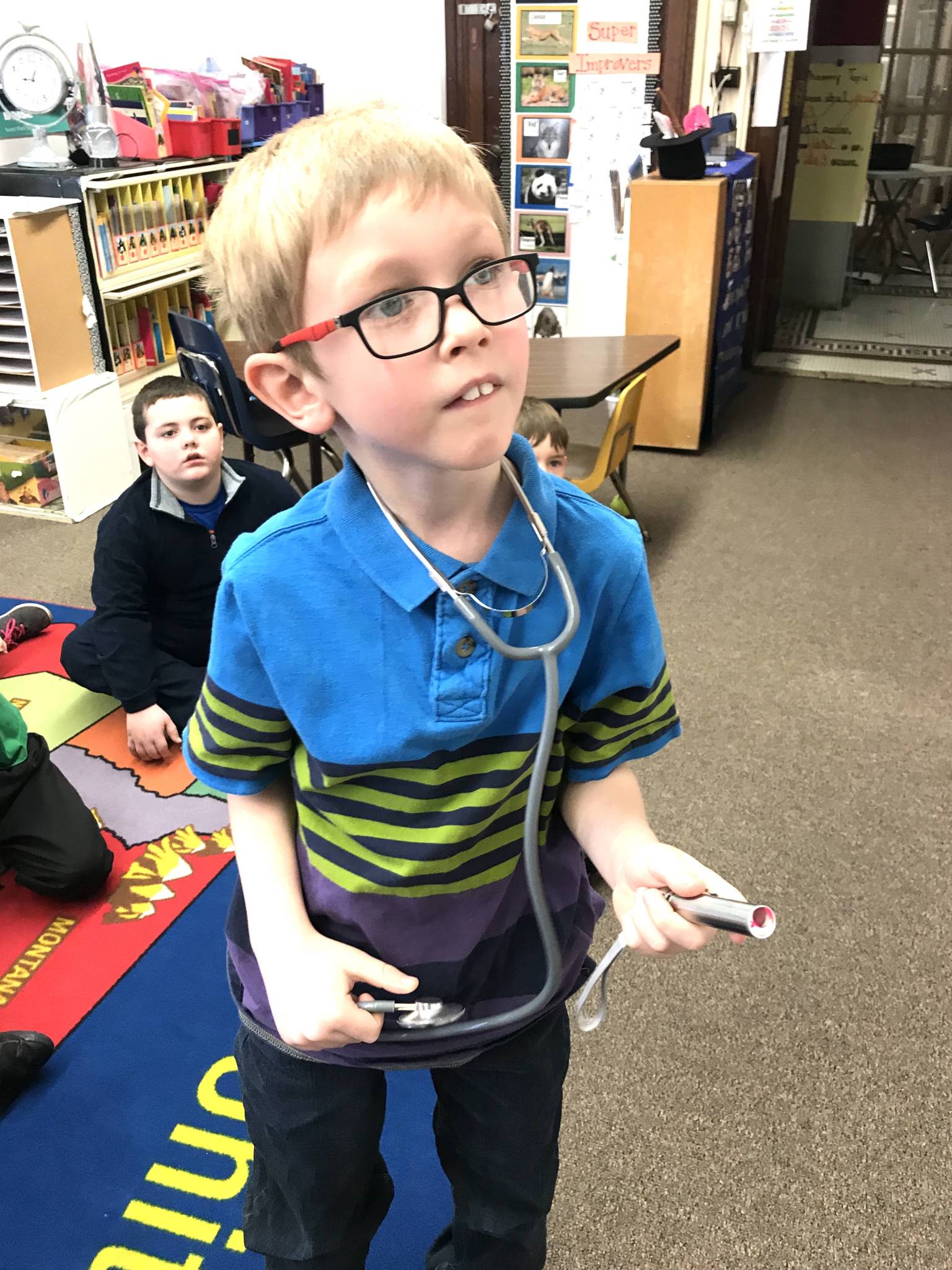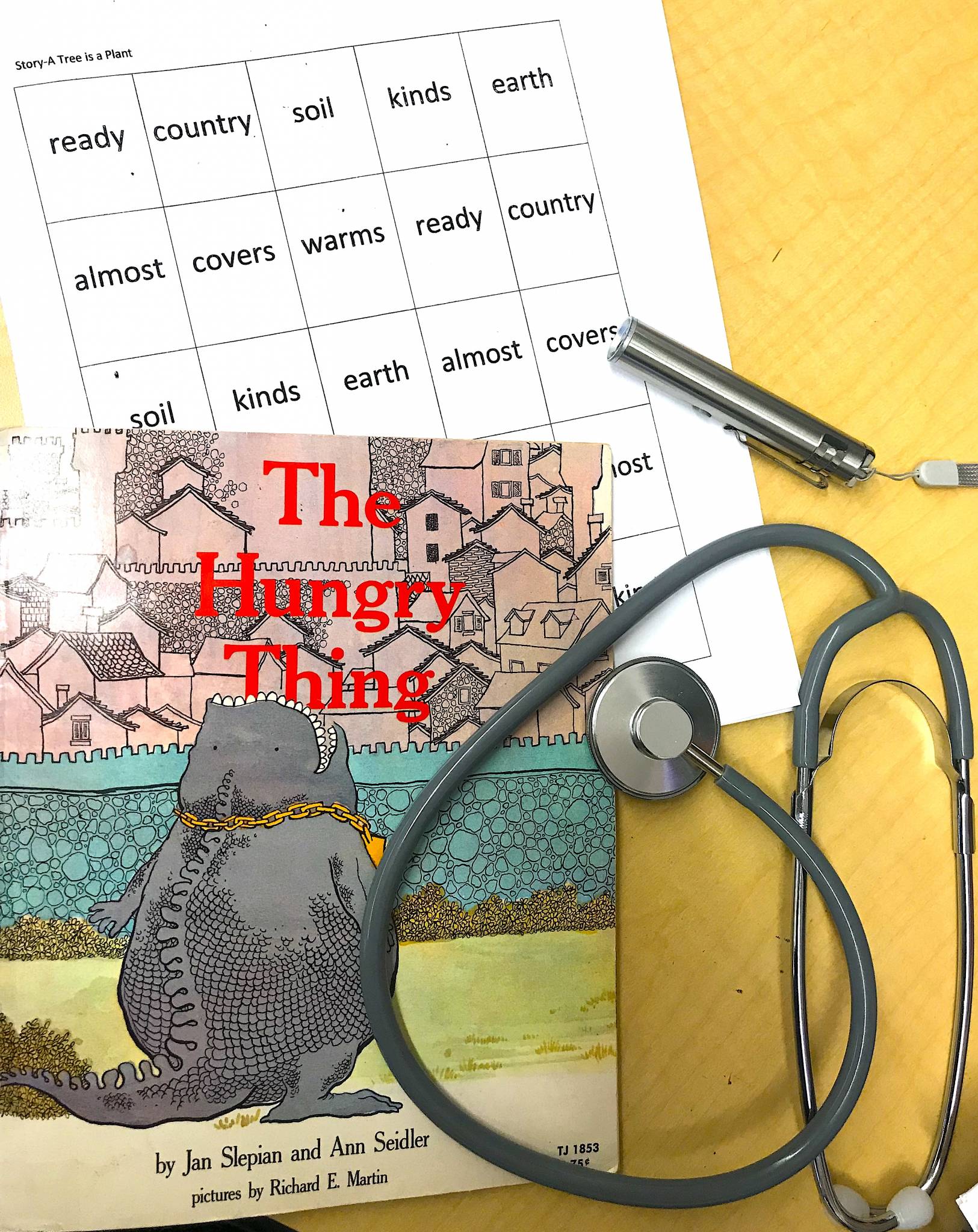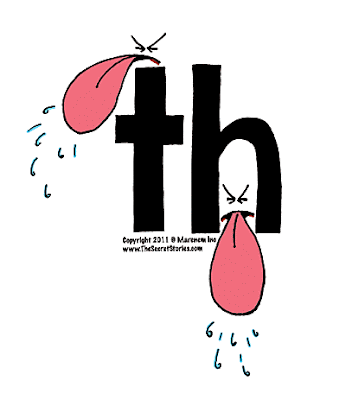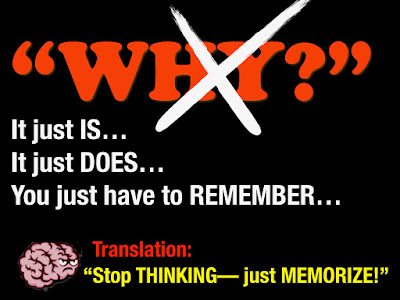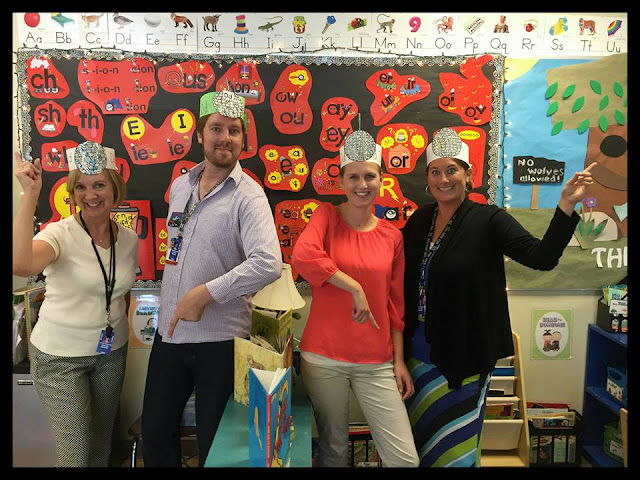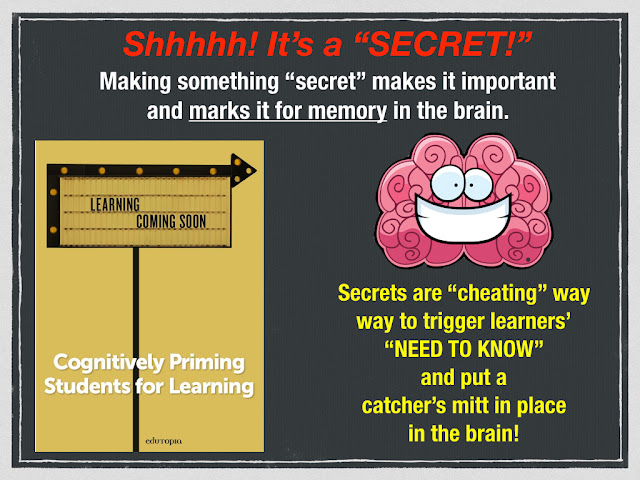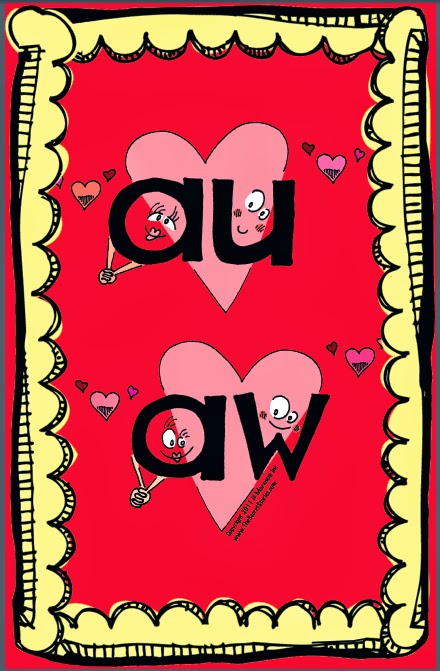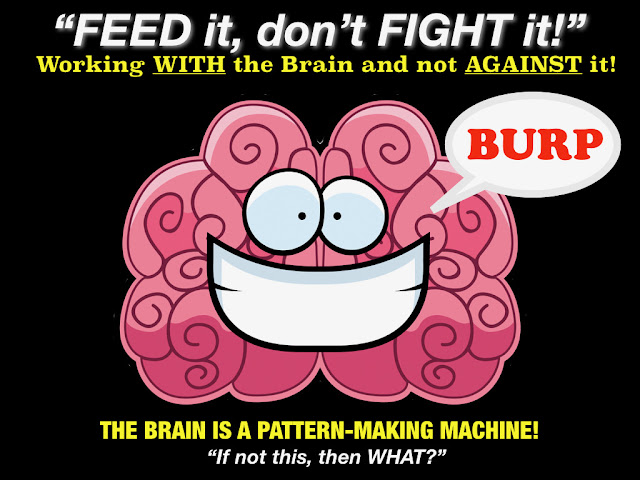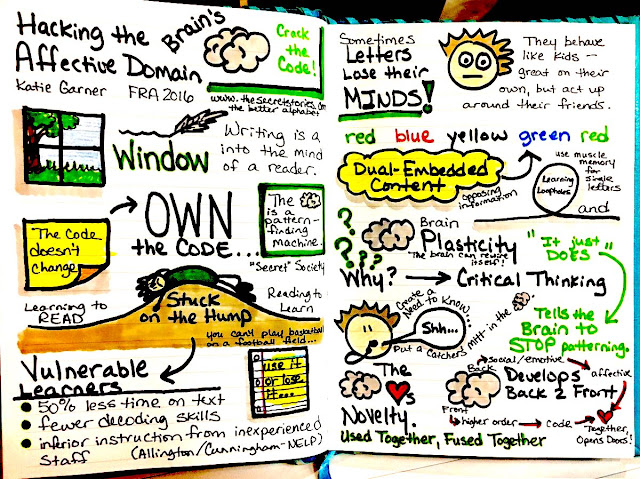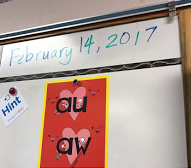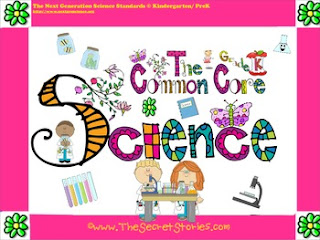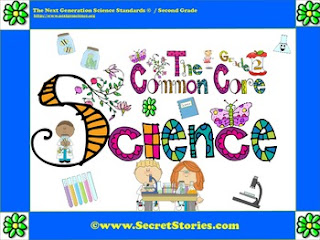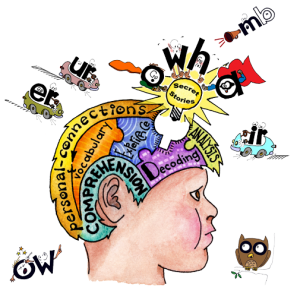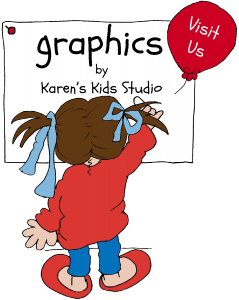Everything You Need to Know
I love watching the kids use our Secret posters on the wall to read and write whatever they want. It’s amazing what our youngest learners can do and how easily they can do it when we just give them the tools they need and let them ‘play!’
Which Posters/ Kit Should I Get?
FOR USE IN PRIMARY CLASSROOMS (K-2)
If you teach at the primary grade levels, it’s important that students have easy visual access to the posters from anywhere and everywhere they read and write in the classroom. This means that they need to be large enough for them to easily see, as they will be their lifeline for reading and writing ALL. DAY. LONG. That’s why I don’t recommend the Space-Saver Kit for use at the early grade levels. They are just too small for whole-class reference, and if kids can’t see them, they won’t use them. For primary grades, the Original, Fun & Funky and Decorative Squares Kits all work perfectly….as do the Porta-Pics for individual student reference in school and at home (if kids don’t eat them!)
While the Space Saver Posters are too small to provide easy visual access for reading and writing in the primary classroom, they are ideal small group reference in upper/intermediate classrooms, as well as smaller resource rooms.
But which wall, and in what order? What is the best way to display my Secret Stories® posters?
Do I really need to hang ALL of the posters on Day 1?
Imagine going to a buffet and being told that dishes would be served one at a time, when they were ready. This would defeat the entire purpose of going to a buffet, where is you can have instant access to EVERYTHING….and with no designated waiting time! Otherwise, you might as well just go to a restaurant where you’re at the mercy of the waiter or waitress, who gets to decide “what” you can have and “when” you can have it. (Not to mention, the things you might not even know you want/need until you see them—like the cake you didn’t know you wanted until you saw it!)
3 Reasons Why You Need ALL of the Posters Up!
- You don’t know what you need until you need it!
You never know what’s looming around the corner of your instructional day, as opportunities for sharing Secrets are everywhere, and you don’t want to miss them! Unlike phonics rules that you have to “teach,” Secrets are just stories that you share. And stories are harmless, with no expectations, so you don’t have to worry about whether kids are “ready” to hear them. Share them like keys to help kids unlock the words they’re already reading and writing across the day! And because the Secrets are embedded into social and emotional story-frameworks that kids already understand, they love hearing them and talking about them…. even before they begin using them to read and write. Whereas traditional phonics skill introduction takes 3-4 grade level years, you can share a Secret in an instant, years before it’s formal introduction on a grade level scope and sequence.
- Empowering students to “drive” their own learning!
Learner-driven instruction is a key tenet of brain based learning. When we WANT to know something, that information is marked for memory and prioritized learning in the brain. All you have to do to start the ball rolling is set the stage by letting kids know that anytime they can’t read or spell a word, it’s probably because there’s a “grown-up” reading secret in it that they don’t know! This not only helps them to understand and account for letters not making the sounds they’d expect, but also triggers a need to know the Secret! And most importantly, with all of the posters up, kids are able to verify that there IS a secret in the word they can’t read, as they can see the letters in the word are the same as the ones on the poster…and then ask you for it! Literally every time they see a letter not making the sound that it should, they know that’s one more Secret that you haven’t told them yet, and they demand to know what it is!
- Increasing visual acuity for easy pattern recognition in text!
Having all of the posters up requires students to visually scan all of the Secrets they don’t know in order to find the ones that they do every time they read and write. This continual scanning process serves to increase learners’ visual acuity so as to more easily recognize all of the patterns in text—even the ones they don’t know yet. That means that long before you actually share the Secret, the phonics pattern is incubating….like a classmate whose face you recognize, even though you don’t yet know his name!
Is there a special way to group the posters on the wall?
Can I use my existing alphabet anchors?
The answer is yes, IF you they are “elephant-free” (Be sure to watch the video below to see what this means!)
Check over your existing alphabet anchors to make sure that the picture cues used for each letter accurately depict its most likely sound/sounds, as most do not. You might be surprised to discover lots “elephants” in your alphabet. If the letter /o/ in your alphabet has a picture of an orange or an oyster, that’s bad, as the letter /o/ (by itself) can only make two sounds— long (as in oak) and short (as in octopus). Equally concerning is if only ONE sound depiction for the vowels is shown, as kids need both to read and write!
Similarly, kids need to know both the hard and soft sounds of the letters /c/ and /g/ (as in cat/circus and goat/giraffe). Another letter to check is /x/, as often this letter is depicted with a xylophone or an x-ray—neither of which are sounds that /x/ is most likely to make. It’s most likely sound is “ks,” like in the words box and ox.
For obvious reasons, instructional focus should always be on the most likely sound/sounds that letters make, not the least likely. All too often, a publisher (or TpT creator’s) priority is “pretty pictures” rather than accurate sound depictions.
Is there a Secret Stories® Alphabet?
Yes! I actually created the Secret Stories® Better Alphabet™ Anchors and individual student Mini-Mats for all of the reasons listed above. You don’t have to use them if your alphabet is “elephant-free,” as you have the Secret Stories® posters you need to use with your existing one. However, if elephants are everywhere, the Better Alphabet Anchors might just be the better option.
Due to the remote learning needs this year, I created a video version of the original Better Alphabet™ Song (which is song #1 on the CD or music download that came with your Secret Stories® kit). It’s been extremely helpful for online learning and student home practice, as the graphics are identical to the ones on the Better Alphabet™ anchors (and mini-mats) providing for consistent student reference. Like the Better Alphabet Anchors, you don’t need the video to sing the Better Alphabet Song that’s in your kit, but it is helpful, especially in remote learning. Below is a video about the Better Alphabet, as well as the video.
Click to view the Better Alphabet™ Video on TpT
Where’s the best place to hang the posters in my classroom?
If my posters are all on the wall, what can I use for “hands-on” lessons and activities with the Secrets?
It’s always handy to have an extra set of Secret visuals on hand, not just for lessons, but also for games and activities. The best “hands-on” options are the Dual-Use Placards and Flashcards, as they are sturdy, small and convenient for student use. The small “cut-apart” cards in the back of the Secret Stories® book are also helpful for very small group work and one-on-one practice. You can view all of these below.
The “Dual-Use” Placards
The “Cut-Apart” Cards
I have the “Original” posters, so do I need to cut them down?
Unlike the Fun & Funky and Space-Saver Phonics Posters, which both have a yellow border that separates them visually when hung together on the wall, the Original Posters were designed to be “cut-down” and clustered together, so as to take up less space on the wall, while still being large enough to see from anywhere in the primary classroom.
“Creative-Cutting” Fun!
Without a definitive border, the phonics patterns on the Original posters can appear to run together when posted “as is” close together on the wall, which is why they should be cut and mounted on colored paper. When cutting the posters, you can make them as simple or as creative as you like!
If I upgrade my Kit, what can I do with my old Secret Stories® posters?
I wish I could see how other teachers display the Secret Stories® posters in their classrooms!
And here are some close-up pics….
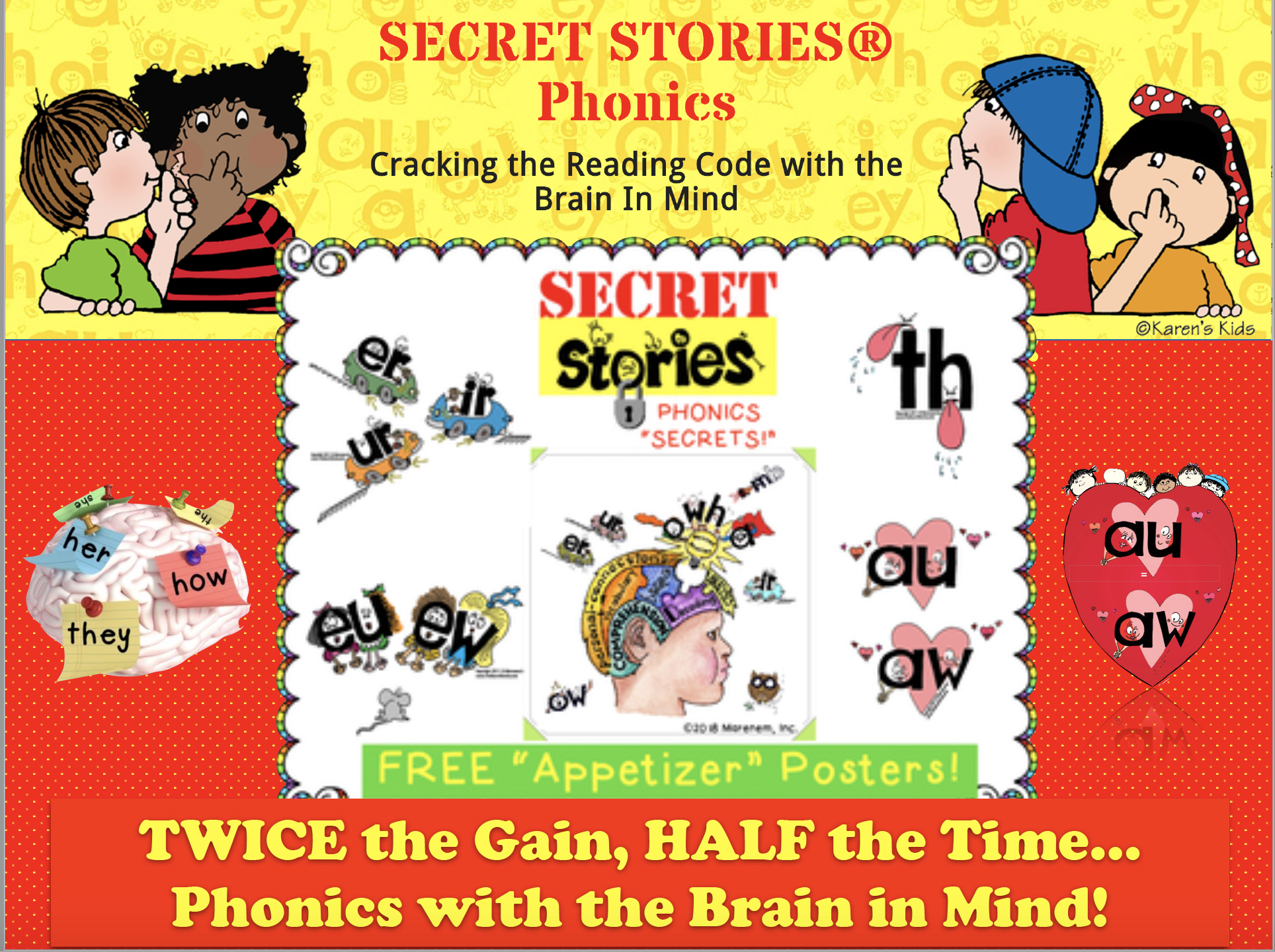
To ensure that you never miss a Secret,
subscribe to the Secret Stories® Newsletter!
And continue the conversation by joining the new Secret Stories® Phonics with the Brain in Mind Support Group on Facebook!
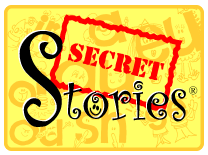

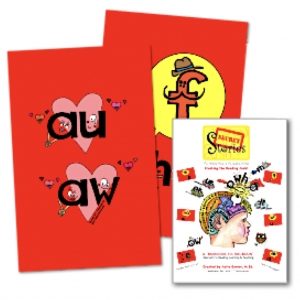
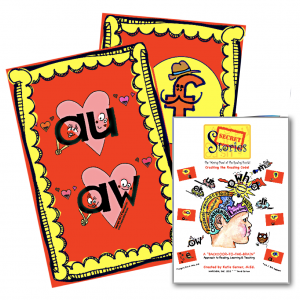
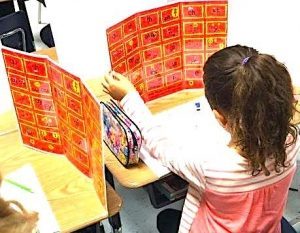

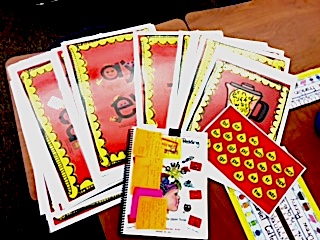
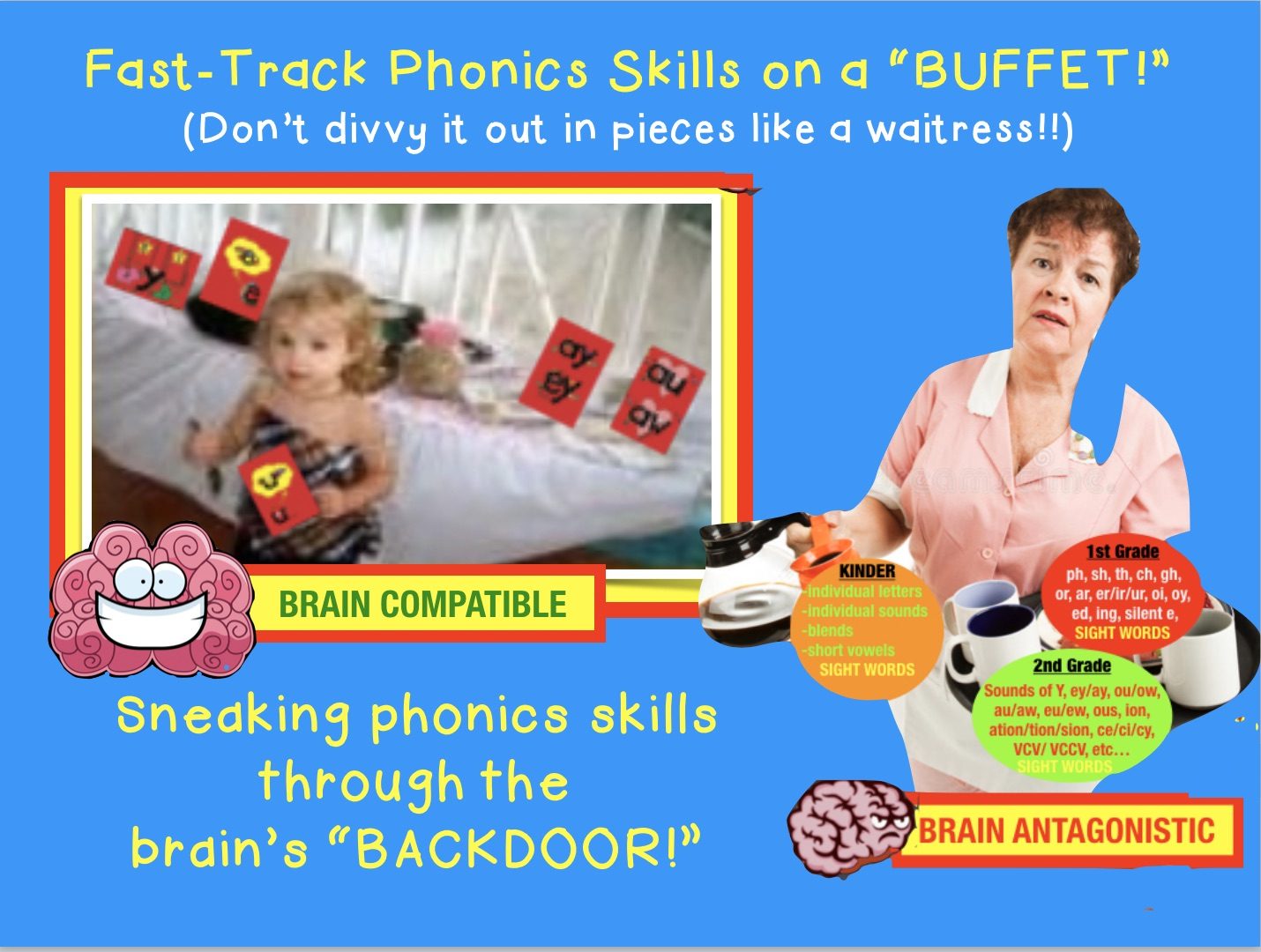
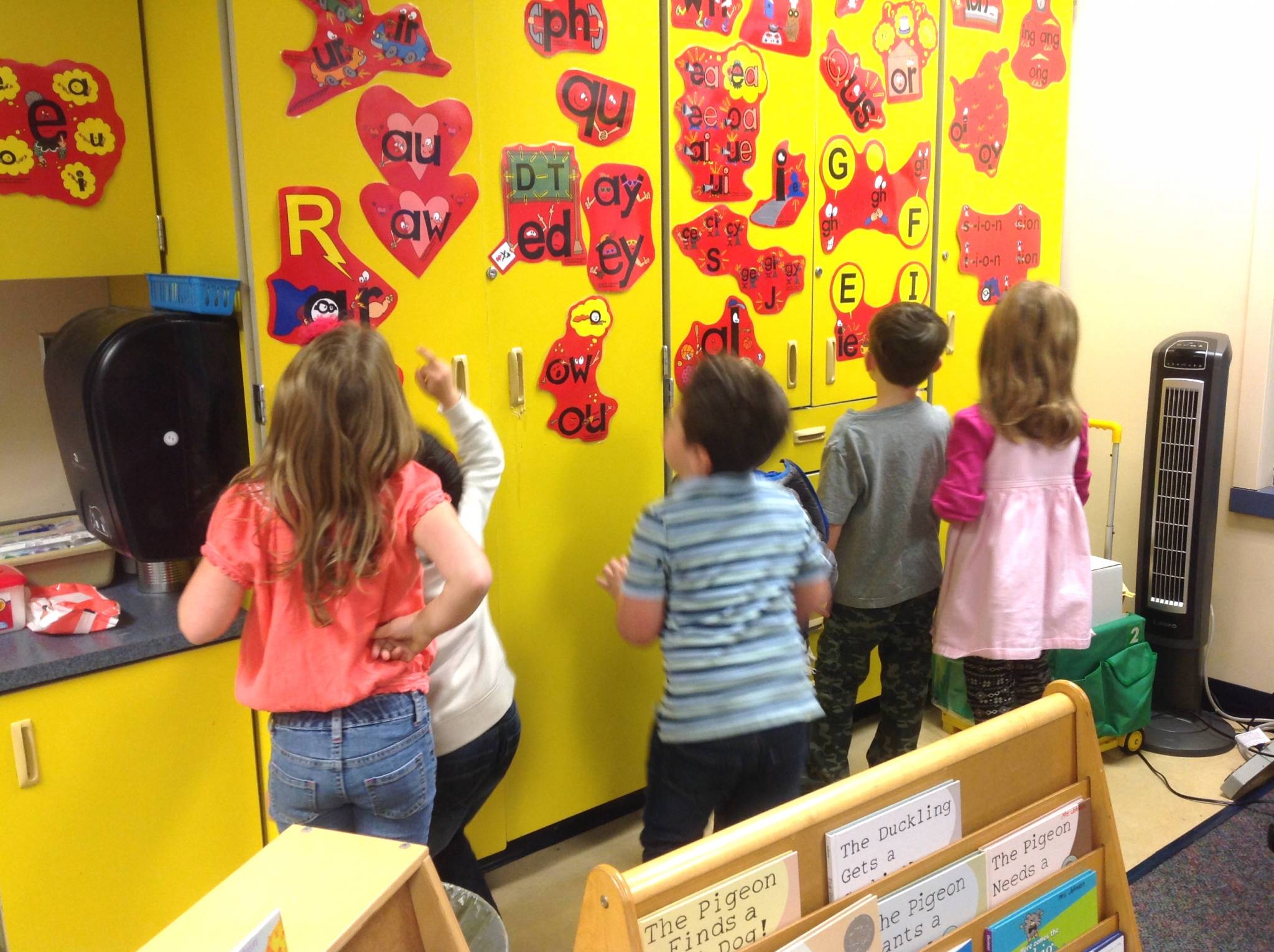
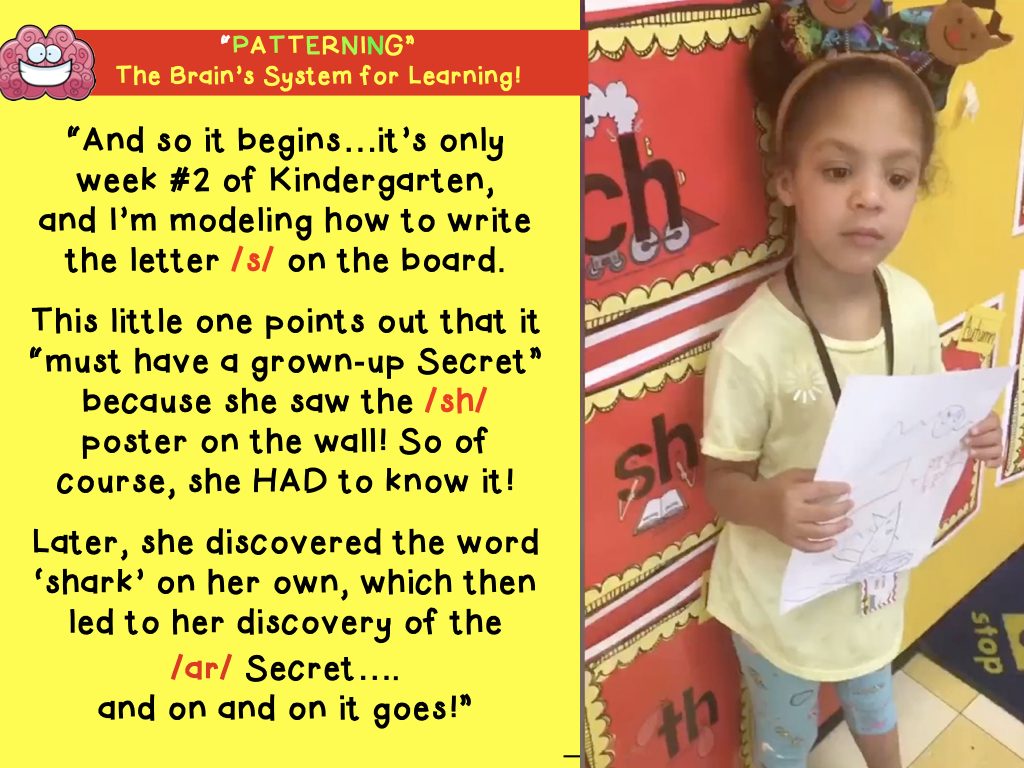
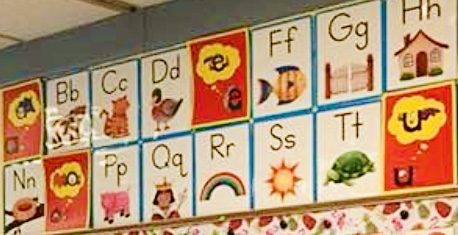
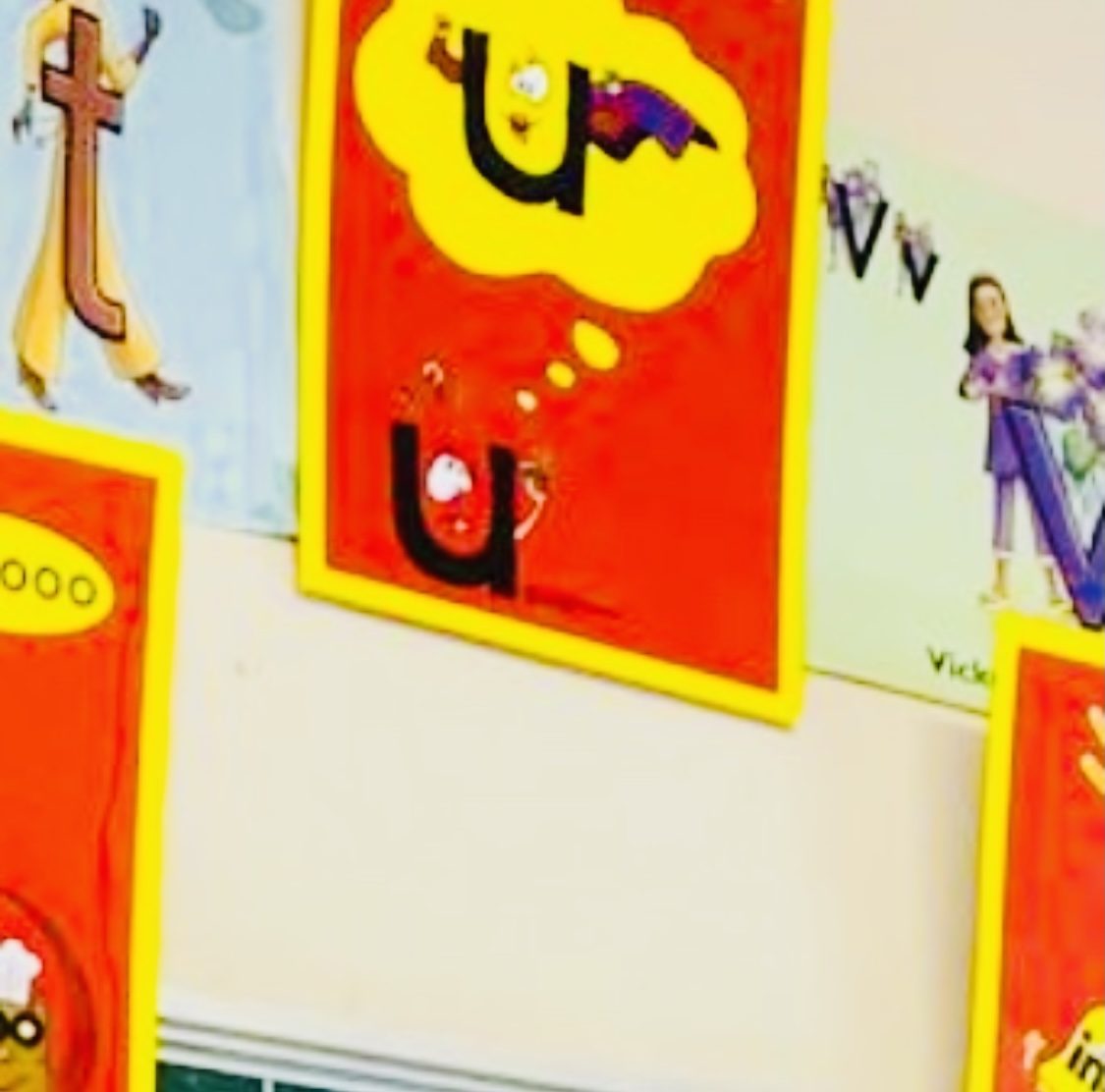
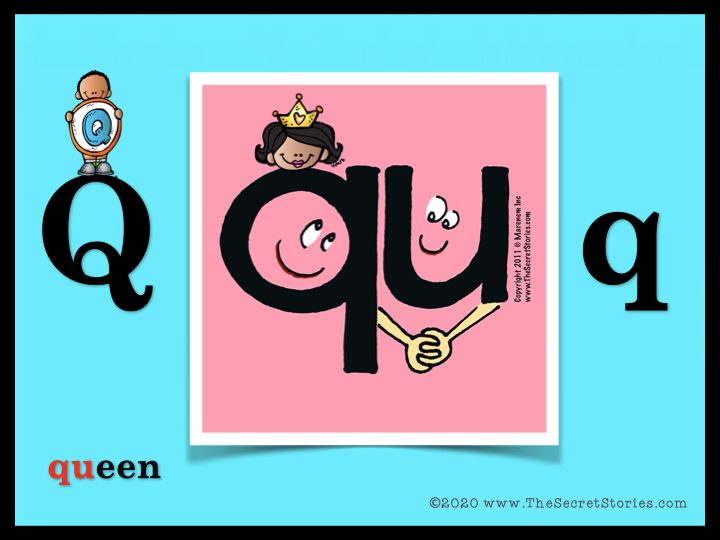

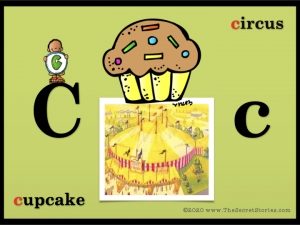
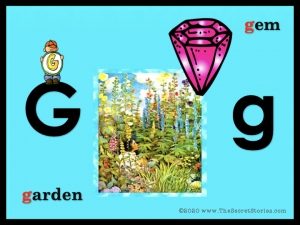
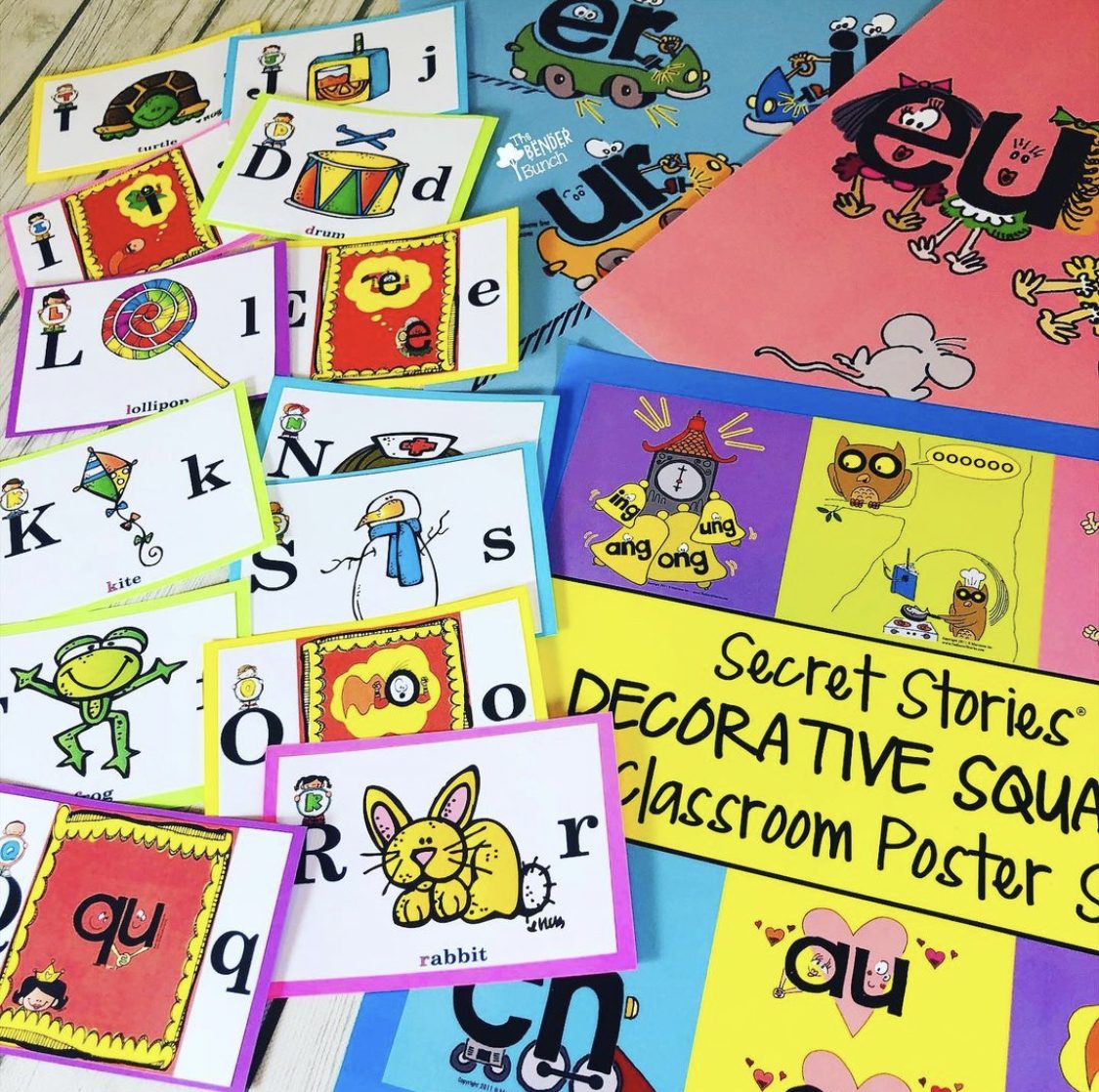
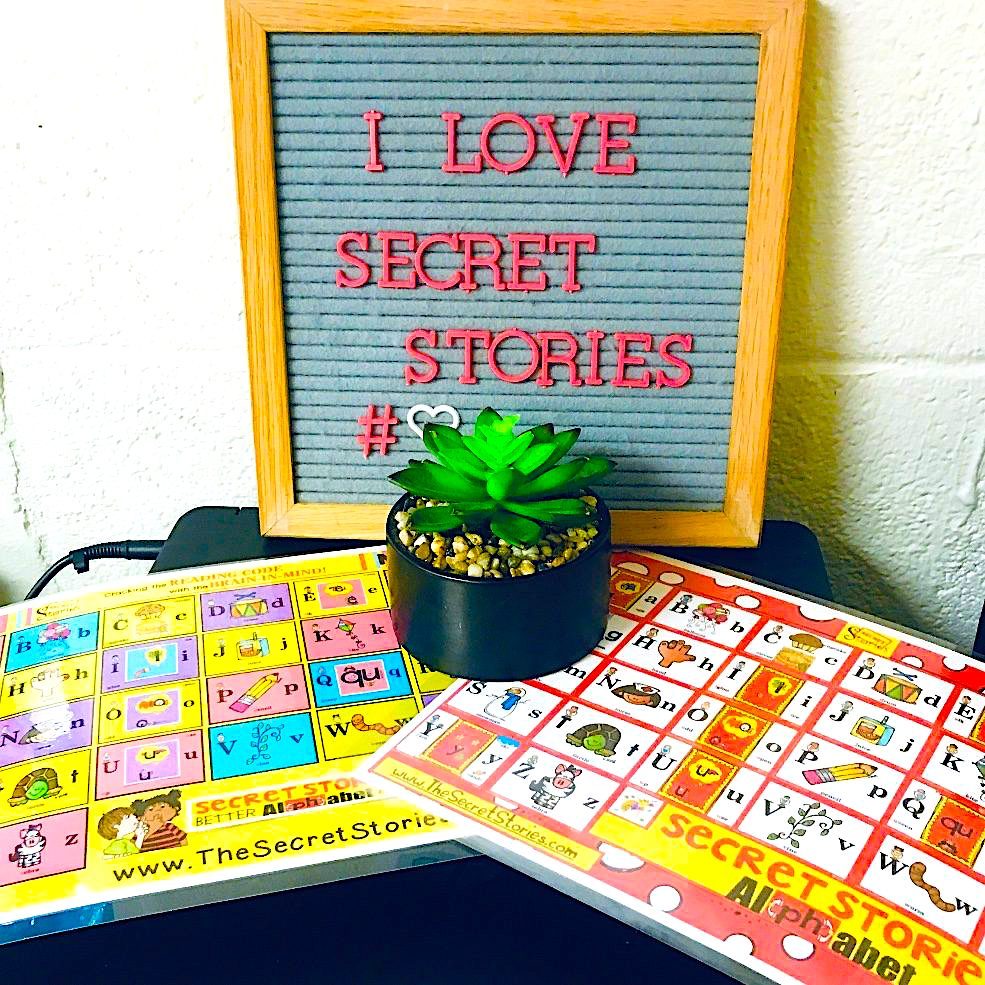

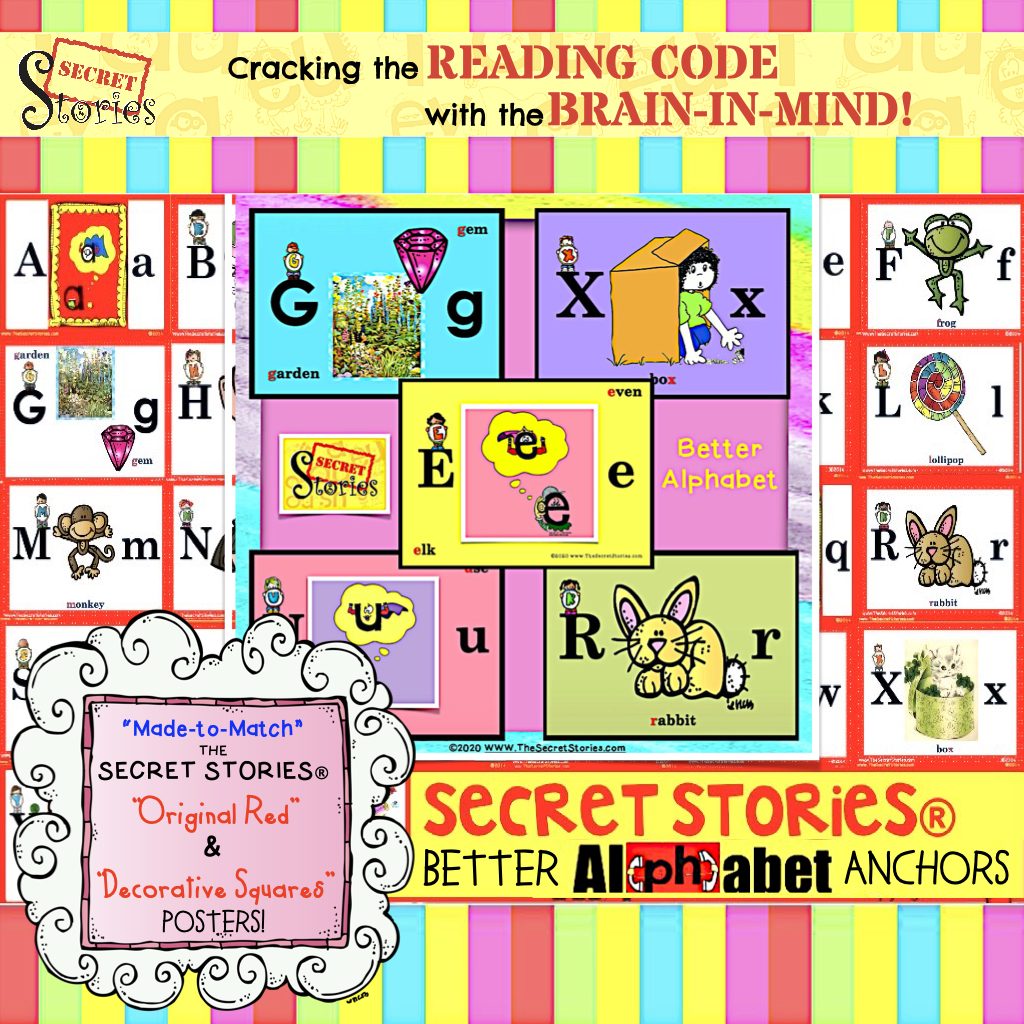
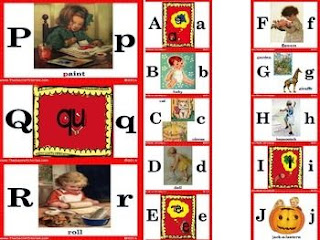
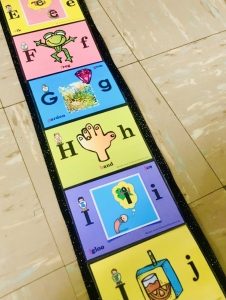
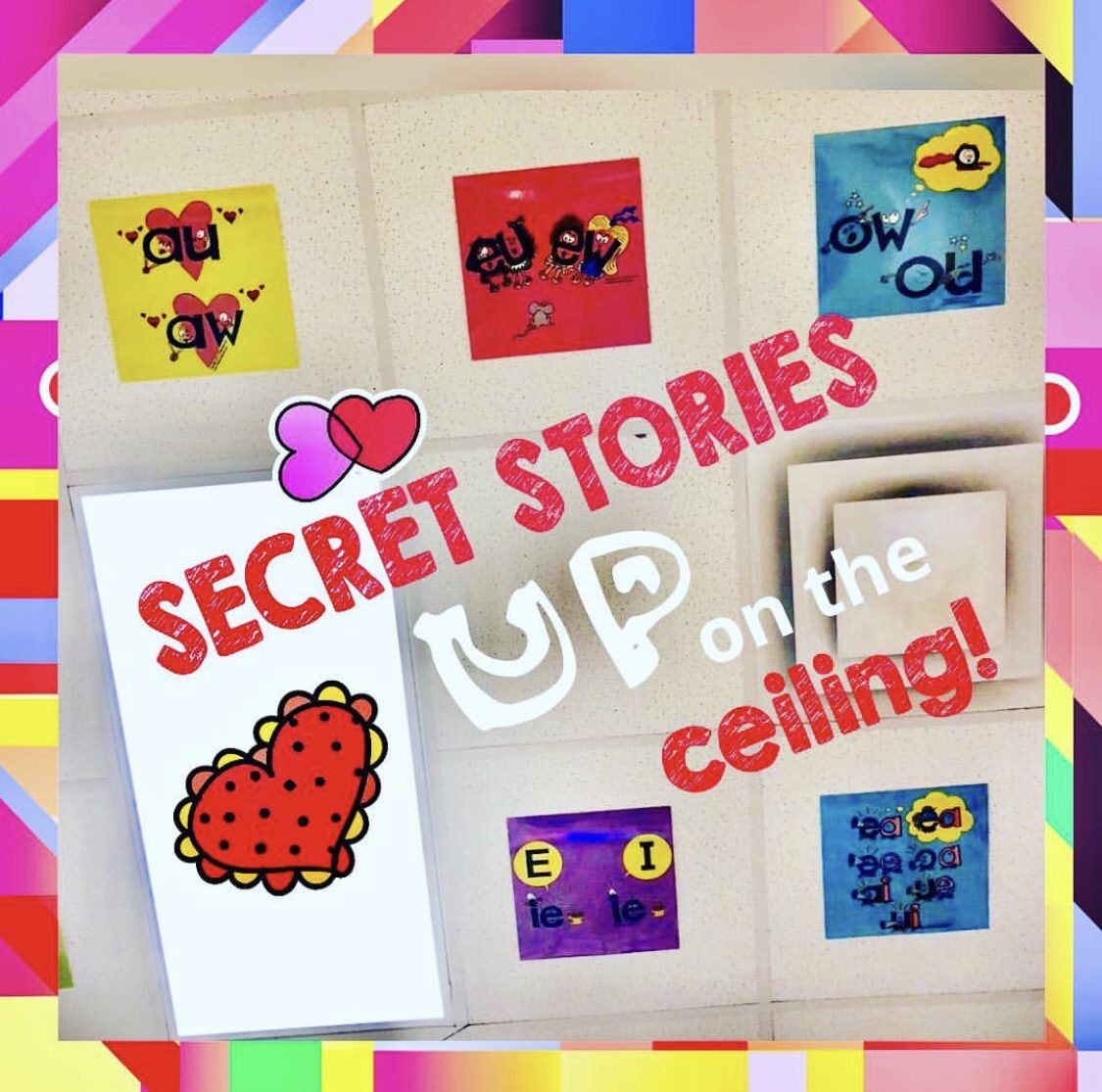

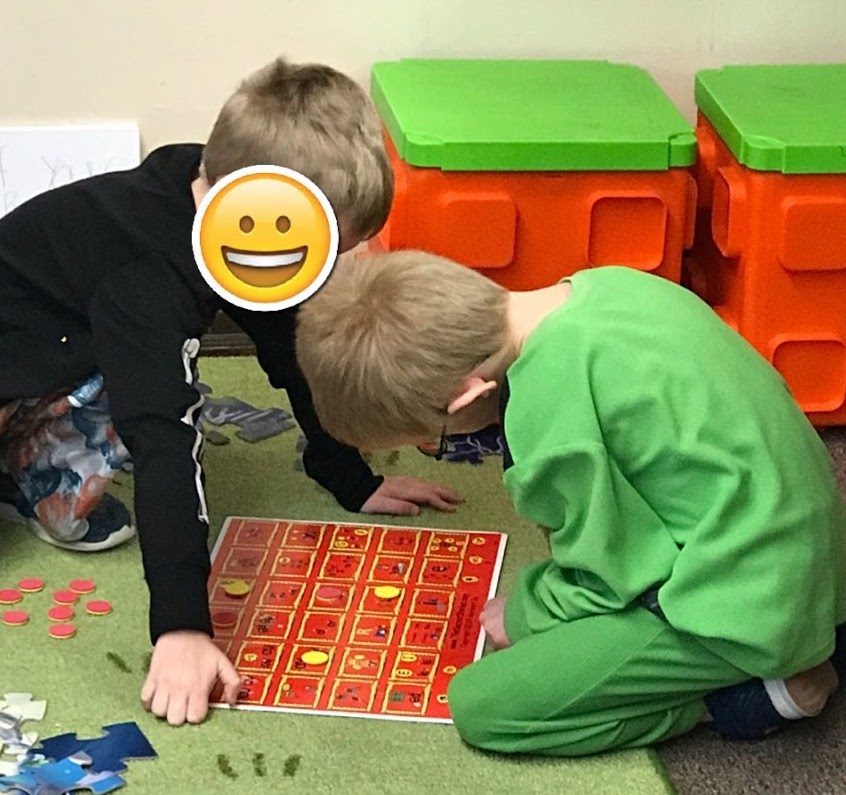
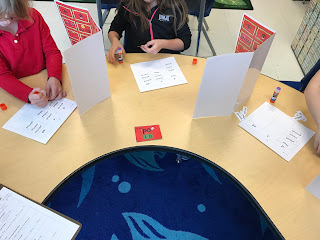
![SIGHT WORDS AND PHONICS]](https://www.thesecretstories.com/wp-content/uploads/2020/05/space-saver-placards.jpg)
